|
|
 |
|
| Entrepreneurual Revolution, a survey
started by my father Norman Macrae in The Economiost at the same time as Girdon Moore published Moore's Law hypotheised
that if silicon chip power did double every 18 momths until around 2020 their were more compuetre brains than human ones
(ie every silicon chip had the raw process AI of a human brain) G5 makes universal connectivity for all (not just self driving
cars but nothing costs too much to download or app between any mobile beings) then we shpould expect be investing education
and places so that every community thrives- that is likely to mean obver a billion
jobs renewing communities (because over 90% unequal in 1960s); a bilion jobs transforaming to renewable;resources in line with natire's climate/extocntion code, billion jobs mainly supporting
replication of 30000 microfranchies - bottom up health, food, safety
security as we as racing on earth to co-create any positive idea given tech trillion tkiems more powerful than that which man raced to moon with in 1960s |
Exponentials multiply- for better of for worse- so we can expect to all win or all lose sustainability goal
world trade mapping-this makes 2020s the most exciting time to be alive- will grandparents
and parent invest in youth as rising curency out of every place and win-win trades as sharing
life criotiovcal knowhow webs multgi;pies value in use u nl.kike the age of colonisation and consuming up things |  | | extract from 2024/2025 report
written 1984The 20th C Economist's end poverty deputy editor Norman Macrae's alternative "little
sister"/ womens empowermetn" future alternative to macroeconomists', big-low-trust-tech: orwells big brother - full book download here Changing education
There has been a sea-change in the traditional
ages on man. Compared with 1974 our children in 2024 generally go out to paid work (especially computer programming work)
much earlier, maybe starting at nine, maybe at twelve, and we do not exploit them. But young adults of twenty-three to forty-five
stay at home to play much more than in 1974; it is quite usual today for one parent (probably now generally the father, although
sometimes the mother) to stay at home during the period when young children are growing up. And today adults of forty-three
to ninety-three go back to school - via computerised learning - much more than they did in 1974. In most of the rich
countries in 2024 children are not allowed to leave school until they pass their Preliminary Exam. About 5 per cent of American
children passed their exam last year before their eight birthday, but the median age for passing it in 2024 is ten-and-a-half,
and remedial education is generally needed if a child has not passed it by the age of fifteen. A child who passes
his Prelim can decide whether to tale a job at once, and take up the remainder of his twelve years of free schooling later;
or he can pass on to secondary schooling forthwith, and start to study for his Higher Diploma. The mode of learning
for the under-twelves is nowadays generally computer-generated. The child sits at home or with a group of friends or (more
rarely) in an actual, traditional school building. She or he will be in touch with a computer program that has discovered
, during a preliminary assessment, her or his individual learning pattern. The computer will decide what next questions to
ask or task to set after each response from each child. A school teacher assessor, who may live half a world away, will
generally have been hired, via the voucher system by the family for each individual child. A good assessor will probably have
vouchers to monitor the progress of twenty-five individual children, although some parents prefer to employ groups of assessors
- one following the child's progress in emotional balance, one in mathematics, one in civilized living, and so on - and these
groups band together in telecommuting schools. Many communities and districts also have on-the-spot 'uncles' and 'aunts'.
They monitor childrens' educational performance by browsing through the TC and also run play groups where they meet and get
to know the children personally... Some of the parents who have temporarily opted out of employment to be a family
educator also put up material on the TC s for other parents to consult. Sometimes the advice is given for free, sometimes
as a business. It is a business for Joshua Ginsberg. He puts a parents advice newsletter on the TC , usually monthly. Over
300 million people subscribe to it, nowadays at a 5-cent fee per person, or less. Here's an entry from the current newsletter: "Now that TCs are universal and can access libraries of books, 3-d video,
computer programs, you name it, it is clear that the tasks of both the Educator and the Communicator are far more stimulating
that ten years ago. One of my recent lessons with my ten-year-old daughter Julie was in art appreciation. In the standard art
appreciation course the TC shows replicas of famous artists' pictures, and a computer asks the pupil to match the artist to
the picture. Julie said to the computer that it would be fun to see Constable's Haywain as Picasso might have drawn it. The
computer obliged with its interpretation , and then ten more stylised haywains appeared together with the question 'who might
have drawn these?'. I believe we are the first to have prompted the TC along this road, but it may now become a standard question
when the computer recognises a child with similar learning patterns to Julie's. It is sometimes said that today's isolated
sort of teaching has robbed children of the capacity to play and interact with other children. This is nonsense. We ensure
that Julie and her four year old brother Pharon have lots of time to play with children in our neighbourhood . But in work
we do prefer to interact with children who are of mutual advantage to Julie and to each other. The computer is an ace teacher,
but so are people. You really learn things if you can teach them to someone else. Our computer has helped us to find a group
of four including Julie with common interests, who each have expertise in some particular areas to teach the others. The TC
also makes it easier to play games within the family. My parents used to play draughts, halma, then chess with me. They used
to try to be nice to me and let me win. This condescending kindness humiliated me, and I always worked frenetically to beat
my younger brother (who therefore always lost and dissolved into tears.) Today Julie, Pharon and I play halma together against
the graded computer, and Julie and I play it at chess. The computer knows Pharon's standard of play at halma and Julie's and
mine at chess. Its default setting is at that level where each of us can win but only if we play at our best. Thus Pharon
sometimes wins his halma game while Julie and I are simultaneously losing our chess game, and this rightly gives Pharon a
feeling of achievement. When Julie and I have lost at chess, we usually ask the computer to re-rerun the game, stopping at
out nmistakes and giving a commentary. As it is a friendly computer it does a marvelous job of consoling us. Last week it
told Julie that the world champion actually once made the same mistake as she had done - would she like to see that game? I intend
to devote the next two letters to the subjects I have discussed here , but retailing the best of your suggestions instead
of droning on with mine." While the computer's role in children's education is mainly that of instructor (discovering
a child's learning pattern and responding to it) and learning group matcher, its main role in higher education is as a store
of knowledge. Although a computer can only know what Man has taught it, it has this huge advantage. No individual man lives
or studies long enough to imbibe within himself all the skills and resources that are the product of the millennia of man's
quest for knowledge, all the riches and details from man's inheritance of learning passed on from generation to generation.
But any computer today can inherit and call up instantly any skill which exists anywhere in the form of a program. This
is why automatically updated databases are today the principal instruments of higher education and academic research. It is
difficult for our generation to conceive that only forty years ago our scientists acted as tortoise-like discoverers of knowledge,
confined to small and jealous cliques with random and restricted methods of communicating ideas. Down until the 1980s the
world has several hundred sepaate cancer research organisations with no central co-ordinating database. |
| Norman MacraeMacrae: he was an elegant writer of original ideas who delighted in paradoxesIn a list of 20th-century British prophets without honour in their
own land, the name of Norman Macrae would surely be in the top half dozen. The lack of recognition was particularly odd as
Macrae was a journalist, a profession cluttered with self-promoting egos, and his subjects — economics, politics, technology
and several more — were standard fare in pubs and Parliaments. There was hardly an aspect of life that was off-limits
for him; through his writing he changed many minds and opened even more; most of his ideas were ahead of their time; and he
was incapable of writing a dull sentence. And yet, in Britain at least, his achievements went largely unheralded. The contrast
was not lost on Macrae — his articles delighted in paradoxes of every kind — but it was easily explained. In 1949 he joined The Economist, then as now a publication without bylines, and did not leave it
until he retired in 1988. Though he went on to write several books and a column in The Sunday Times, as well as becoming an enthusiastic blogger, his finest phrases and most original
ideas appeared in The Economist. He was its deputy editor from 1965-88,
and though he hoped to become editor he never let frustrated ambition stunt the enormous role he played in the publication’s
success. When he joined the paper in 1949, its circulation was roughly 30,000, on a par with The Spectator and the New Statesman. By the time he left, its circulation had grown to more than 300,000, dwarfing the other two. It had indeed become,
in Macrae’s words, the “world’s favourite viewspaper”. Norman Macrae was born in 1923 and went to Mill Hill School in north London. In 1935 he moved with his
parents to Moscow, where his father was British Consul. The memories of Stalin’s purges, and of Hitler’s pogroms
during another paternal posting, fuelled Macrae’s passionate belief in freedom — just as his experience in the
RAF, as a navigator in bombing raids over Germany, later turned him against the waste of war. In 1945 he went up to Corpus
Christi, Cambridge, to read economics. He was not impressed (“Much of Cambridge’s intellectual atmosphere then
was of subpolytechnic Marxism”), and it was only when he arrived at The Economist that all the pieces fell into place and his life really began. Despite its anonymity, The Economist was the perfect pulpit for Macrae. It allowed
him to roam, geographically as well as intellectually, and it gave him the time to explore big ideas, many of which appeared
in the paper’s surveys — the only occasion when authors had a byline. Perhaps the most remarkable was “Consider
Japan” in 1962; long before Westerners realised there might be something to learn from that defeated and hidebound nation,
Macrae predicted Japan would become the world’s greatest manufacturer. One reader wrote to the editor urging that, next
time Macrae went travelling, he should take a hat with him so the sun wouldn’t addle his brain. Macrae’s articles were full of such prescience.
In 1973, when oil prices quadrupled, he wrote that they would collapse — which they did, just as spectacularly, two
years later. When others were extolling the settled borders of the mixed economy in the 1960s and 1970s, he was predicting
a global wave of privatisation. In 1983 he forecast the Berlin Wall would come down in Christmas 1989; he was out by just
six weeks. He repeatedly disputed the CIA’s analysis of the size and strength of the Soviet economy, and was in due
course proved right. And in 1984 he described not just the coming of the internet but also the effects it would have on how
people would work and where: “Eventually books, files, television programmes, computer information and telecommunications
will merge ... There will be cheap terminals around everywhere ... [which] will be used to access databases anywhere in the
world, and will become the brainworker’s mobile place of work.” One of the abiding temptations of futurologists
is to predict what they wish for, and Macrae sometimes did just that. He had a deep distrust of politicians and officialdom,
so naturally favoured a small state. Hence his words, describing a book he wrote in 1984 called The 2024 Report: “The main event of 1990-2010 was that the world’s
60-year spasm of big government disappeared. We stopped letting politicians spend the absurd 45 per cent of GNP in countries
like Britain ... and we all came down to more like the 10 per cent of GNP spent through government in America in 1929.” That
was one of Macrae’s blind spots. The other was most obvious in the 1970s, when he urged the Heath Government on to bigger
and bigger fiscal deficits in pursuit of faster growth and lower unemployment. It was one of the few occasions where his thinking
was behind events. It took him some years to shed such crude Keynesianism and come to accept that his supply-side crusades
were the surer path to faster growth. Macrae was the most generous of colleagues, a much loved figure who in private
struggled to string words into a half coherent sentence — until he picked up his pen. He was also an effective public
speaker who for years delighted American audiences with his unique mix of eccentricity and brilliance. He was honoured by
the Japanese with the Order of the Rising Sun in 1988. Perhaps that finally stirred the men in Whitehall, as he was appointed
CBE later that year. Macrae had a long and happy marriage to Janet Kemp, who died in 1994. They had a son and a daughter,
who died in 1989 when she was 34. It needed a man of great resilience to take such blows, but nobody who knew Macrae could
ever doubt that his was indeed a big heart............................................................................................................................................................................................................................................................................................................................................................................................................................................................................................ Norman Macrae, CBE, journalist, was born on September 10, 1923.
He died on June 11, 2010, aged 86
Y chris.macrae@yahoo.co.uk :: rowp.tv :: linkedin UNwomens :: WASHINTGON DC TEXT HOTLIENE (USA=1) 240 316 8157
chapter 20x chapter 1chapter 2 chapter 3 part 1 chapter 3 part 2 chapter 4 chapter 5 chapter 6 chapter 7 chapter 8 chapter 9 chapter 10 chapter 11 part 1 chapter 11 part 2 chapter 12 chapter 13 chapter 14 chapter 15 chapter 16 chapter 17 chapter 18 chapter 19 chapter 21 |
|
|
|
 |
|
. HumansAI.com - join us in creating AI for people at twitter: my father Norman Macrae started hosting 100 AI
(Artificial Intelligence) debates 60 years ago first 3 debates on humanising tech: 1) what if everyone had a pocket calculator;
2) if man can get to moon with new tech, is any mission impossible,3) if gorrdon moore is correct that electronic engineers
will deliver trillion timkes moore silicon chip capaioty by 2030 (100 fpld each decade) what are humans greatest gpals to
make sure we have used the tech for? here's a rough chronology of what happened as far as our diaries at the Economist and elsewhere shopw- please tell us what we have miossed and how can we turn debates of whats
possible with ai into a curriculum every teacher and girl of evgery age joins in- we use rough dating system inspired by moore
BG before 1970s; 0G 1970s; 1G 1980s; 2G1990s; 3G 2000s; 4G 2010s; 5G2020s -compare the world record jobsand richest
leadership learning curves EconomistJapan.com wrj Maso Son; EconomistAmerica.com wrj jeff bezos1962 PG1 what if everyone had a pocket calculator 0G work between 1972-1976 at uk national development cehtre of computer based learning concluded any nation
that did not put 1% of its budget into oipen sourcing online learning starting with maths practice would seriously disadvantage
its youth by 1G 1984 our book the 2025 report concluded need for sea change in education in which everyone is valued as lifelong learner teacher and ai teacher training contributor AI
as super statistician- map back what big data and AI can do that humans could never do with slide rulers and logs - 1984 our
dreams frorv 2010s included all cancer charities converging their data so ai could analyse patterns at far more details than
ever before relevant to cutsomised intyerventions- remember the maths finding of einsteain- when man says his science cannot
innovate anything more what he means is he cant discover thigs until he models at a more micro level of dynamics than it has
previously possibe what we got from 4G decade of 2010s: today ai can decision make live on big data for vested interest
clients of the world's largest chatbox facebook -extreme nationalism and within that racism are typical vested interests and
ironically while obama was the first president to stream live with facebook it seems that facebook grew fastest by selling
mostrly to hoghest bidders for its data from start of 2G decade, around 1990 personal computer netwirking turned multinational
corporations into globa- previoulsy every quarter decision-making was made by national leadership teams now by reduing the
metric to how much money did we make a global board took over- americans shouldnt blam the chiense for taking ovger manufactiring
jobs- the glpbal accou8tning constultants americas global companies used computed labor cots sad redesigned work flows- as
john mackey says the big issue - eacg market lost sense of pirpose beyind money making- if you are in a global phrma comapy
is ypour forst duty health or money making- if yoi are in food is your first duty nutrotion or mpoey making? - the computer
doesnt6 ask about purpose it mines the dt for the goal its been programmed to execute understanding intergenerational
exponentials versus the shortest term persuasion metrics- whats true media and trust verus fake media acon controling people
be fear and negtaove emotions | PG2 if we can race to the moon with
new tech what cant we do | PG3 if moores law is correct what will do with 100 tiems moore
tech each decade to 2030 when we have trillion times moore than needed to race to moom | when
20 most powerful leaders meet - do they understand how to debate AI | | | | | | | | | | | | | | | | | | | | | | | | | | | | | | | | | | | | | | | | | 1990
PG12G1 how to help every millennial team up as nstatistically confindent not to be trapped by fake news and vested interest
groups- note there is no need for everyone in a ilennial team to be a great statistician of tech wizard - we needed to design
connections bteween people in commuity trusted mpost with the wizard of tech and whats the stats humanly for | | | | | | | | | | | | | | | | | | | | | | | | | | | | | | | | | | | | | | | | | | | | | | | | | | | | | | | | | | | | | | | | |
|
x- example of how big western internet companies use
big data ai on 2019 - is this the best we humans can get? download citizen info on saving the world that politicians cannot
3
billion new jobs needed to renew community, planet and tech leapfrog/diversity
.twitter accounts from places where quarter of world people trade around sustainability world's
most exciting coastal belt |
My biggest mistake: advising nobel dr muhammad yunus on poorest girl economics ... and girl economies : Indonesia, Bangla, SE Asean Tigers, China ... | |
.Alumni of Masa-Son vision fund (how will youth keep ahead in 2020s world with more artoficial brainpower
than human) out of Japan | |
Other twitter accounts linking Japan celebrations 2019-2020 (Olympics , g20, new emperor/royal futures, faith francis ) | |
Great
technologists/education human AI for peoples form china & japan & korea | | Other exciting accounts
from asean far east and south east coastal belt | | More accounts relevant to asean 2019 (chile host) | | Accounts
celebrtaing girl's hold up half the sky | | |
comments welcome chris.macrae@yahoo.co.uk
Do you know womens most valuable
lesson from 20th century? x Diary : 2019 Sustainability - March 2019 UN report on DC; Spring 2019 100 nations map BRI; June 2019 Luxembourg AIIB; July Japan G20 -- 1 2
Discussions- how to change education to value youth? what if 80% of under 30s livelihoods depend
on sustainability gaols that USA and EU are never going to lead?
Tech is changing every schools curriculum- join
places valuing girls re-editing this now -rsvp chris.macrae@yahoo.co.uk x
What
can world record jobs creators learn from history's future so hard working youth can sustain our
species & enjoy brilliant livelihoods everywhere?
MAPS . | 1000-1500 the last time west and east sustained win-win trades MARCO POLO - how east=west traded win-wins - huge relay across Eusraia continent and seas : med , gulf and
china' spices and artistic silks (valued around artisan designs) as curencies apprecating further you traded them; economis
correlated with population sizes: one quarter mainly china around East Coastal Belt; one quarter mainly India around
South Coastal belt; Chinese leaders intersted in cinsciiusness knowhow that transfred from india and nepal through china to
japoan- with local translations by time it reached jaon it became zen; med sea thriving diversity of trade between europe
afrrica and asian nations and gateway to silk road; italians wealthies traders learnt to love investing in the arts from china SAINT FRANCIS - of all the european networks francis was valued most wherever his misisonary networks went-
not so much for strict6 religious worship but becaujse of 3 goals: live and learn with poorest; males value nature; female
clares network build last mile helath service particularly for mothers and infant care | 1500-1946
the mercantile-colonisation era whose conflicts climaxed with 2 world wars 2 navigation sicoveries - new world to west of
europe, possibility to circumnavigate africa and reach south eurasian coast depended on big ships of war with press-ganged
or enslaved crews as journey so long and dangerous- captains needed to dictate trade on arrival and soon it was easier to
colponise places- the british against other n eurepans mainly won the battle to do this in south asia - over time colonisation
reduced india's quarter of the old world economy to about a twentieth , and later around 1860 China chose to close itself
down to worlkd trade for 100 hyeras rather than acceot the British proposition that it accept iopium as curency for trading
china's sort after spice, silk and pottery 
Lessons Scot Adam Smith 1748-1776 was the furst to clearlypiblish/
map why colonisation was an evil - he also criy=ticised education systems designed around the empire bureaucratic values.Fortunately
Ameruica freed itself from colonisation but not so Asia. Indeed as Britain became first to pionner industial age of steam
engines the opportunity for a big empire to extract ever more from colonies multiplied Modern innovations of railways, gas,
electricity, utilities including telecokm used in Empire's home nations but not in colonies accept where adminstratirs ruled
from Ultimately colonisation was the root cause of the world wars and well as how about
8 major economies had developed by the 1930s. Gandhi, Through the second part of his 80
year life circa 1860s to 1947 came ti the frealistaion that his progfession Britiesh Empire law was the system trapping his
peioples in poverty. He sought to completely redesign vocationl aeducation before chalenging Britian head on for Independence.
His Tolstoy Farm in south africa built a sort of early teen agricultural colege where families could also live and work which
renewed the ashram model when he retirned to India. In India Marao Montessori helped gandhi designe vilage schools Keynes (last chapter general thoery of employment money and interest) also built on Adam's logics and sought
to require the economic profession to do no harm by making 2 goals the hioppocrativh oath lof sus=ystem design - end poverty
and design communities so families can see their yoyth's ways forward to better livelihoods. | 1-10 times more tech (than 1946) the era of racing to the moon The
world war had avanced technogies of nuclear and potentially of computing. Von Neumman spent as much time a he could on computing
having gtidied up nuclear sceince to keep Americ in the lead os this At the conclusion
of world war 2,Britain had sued up its finaces and hurredly withdrew from colonies leaving behind chaotic borders it had often
used to contain separated faiths (ie not mapped to help the newly independnet nations connect ppositive world gtrade flows).
USA did help the defetaed Germans and Japanese reboot (both actually had world class enginners). British and other ex-euopean
colonies got little assiciance in enginnering and relvant sklls, Japan became
the great hiop for leading world tgrade ebyond colonial hemisphere divisions and through win-wins. Its already great engineerrs
were coached by deming- they advanced engine quality, cilvil engineering eg bullet trains and logistics tools fro container
ports, and microedlectronics. It needed both Japans microelectronics and vion eunammns
computers to e]able JFK to set the greatest national cooperation gaol ever - get to the moon in udner a decade. Meanwheile
sought after Eastern Engibeering spoeread in rpoduction terms to skouth korea and in shipping suoerports through the chiense
diapora locations of tai wan , knowg kong and singapore, | 1000-2000
times more tech for jack ma from others linking in their knowhow with the sustainability generation to 2025 back from 2016 | 250-1000 times more tech ie 2002-2016 | 1968-88 from moon race to
www 10-64 times moore tech | 1988-2002 64 to 250 moore |
|
LEARNING
NATION GAMES OF FIVES
As a parent which 5 leaders teachings should you demand you child has chance to linkin to? LEARNING NATIONS GAME OD FIVES- as a parent which five
poples teaching do you demand your children have opportunities to linkin to?
please
RSVP chris.macrae@yahoo.co.uk us text 240 316 8157 Washington DC About Chris Macrae and Entrepreneurial Revolution networks since 1968 download small enterprise china g20 report chaired by ALI BABA JACK MA -and see why greatest #learinggeneration thanks hangzhou
in happiest collaboration opportunities ever played
Latest League Table of World Recors Jobs Creators 2018.1
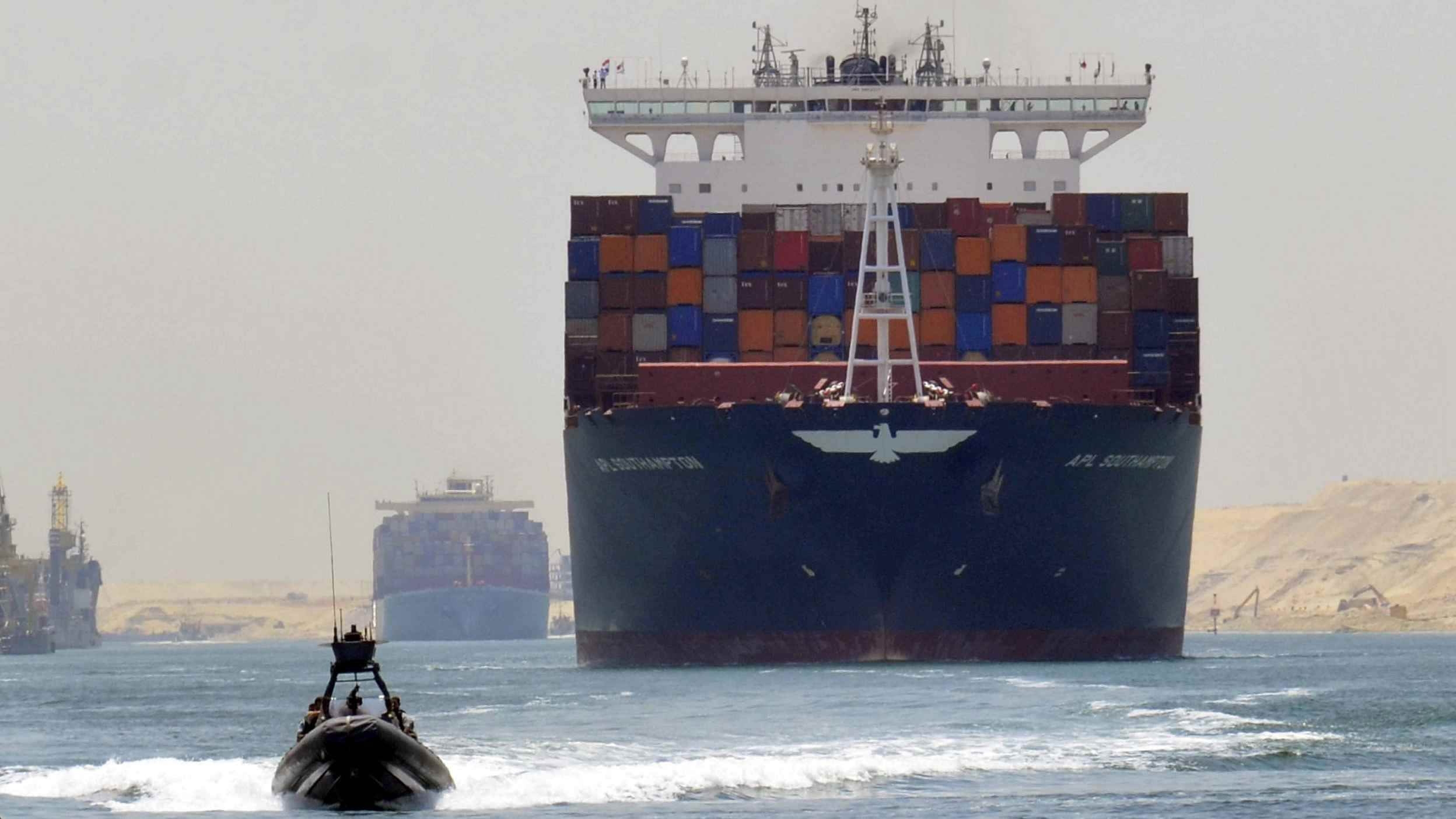 The Suez Canal Economic Zone (SCZone), a world-class
free zone and trade hub along the banks of the newly expanded canal, is now regarded as a great connection to China's Belt
and Road Initiative.  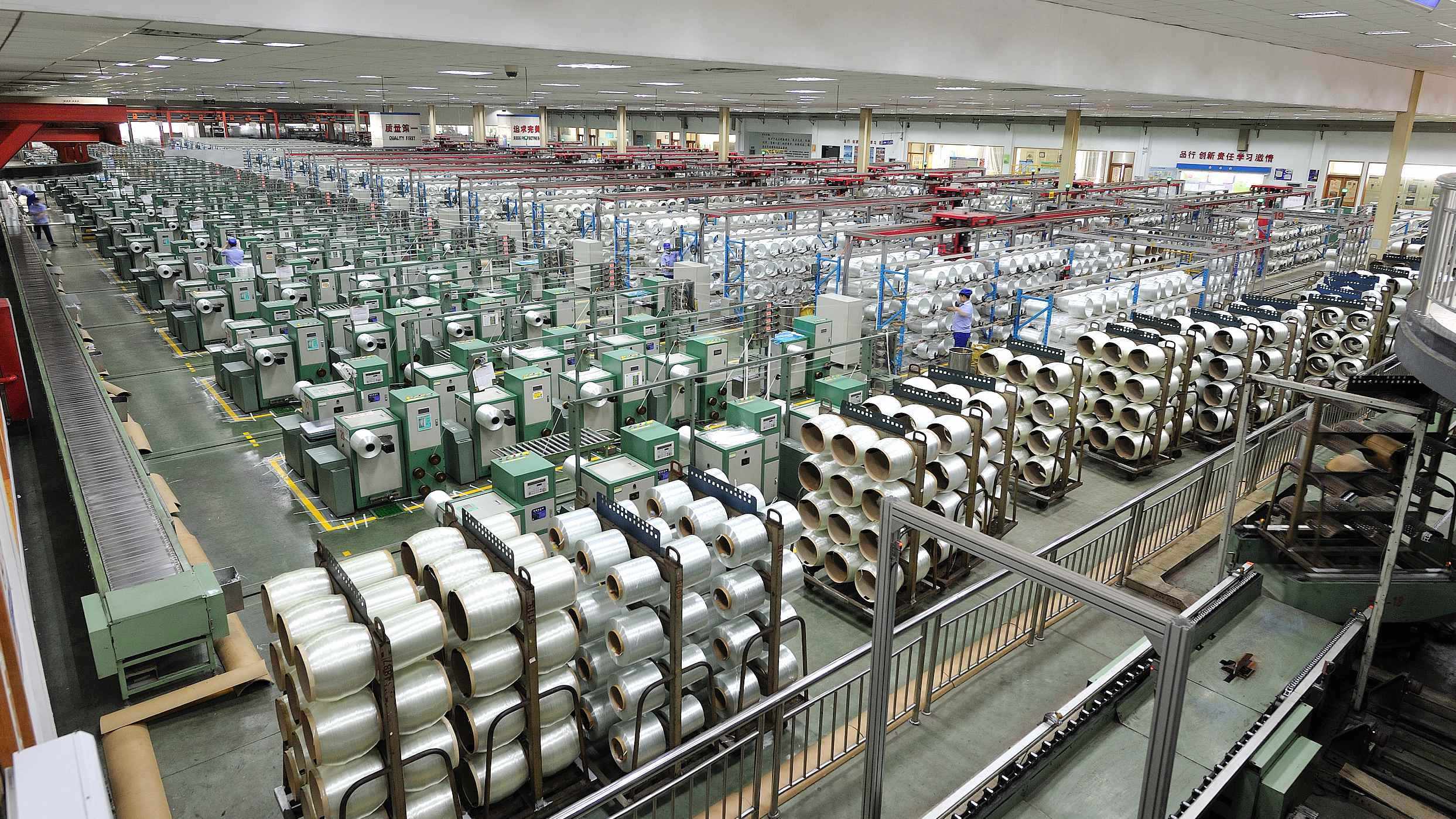 Jushi Egypt For Fiberglass Industry S.A.E (Jushi Egypt),
located in the China-Egypt Suez Economic and Trade Cooperation Zone, has been regarded as one of the most successful examples
of industrial cooperation between the two countries.  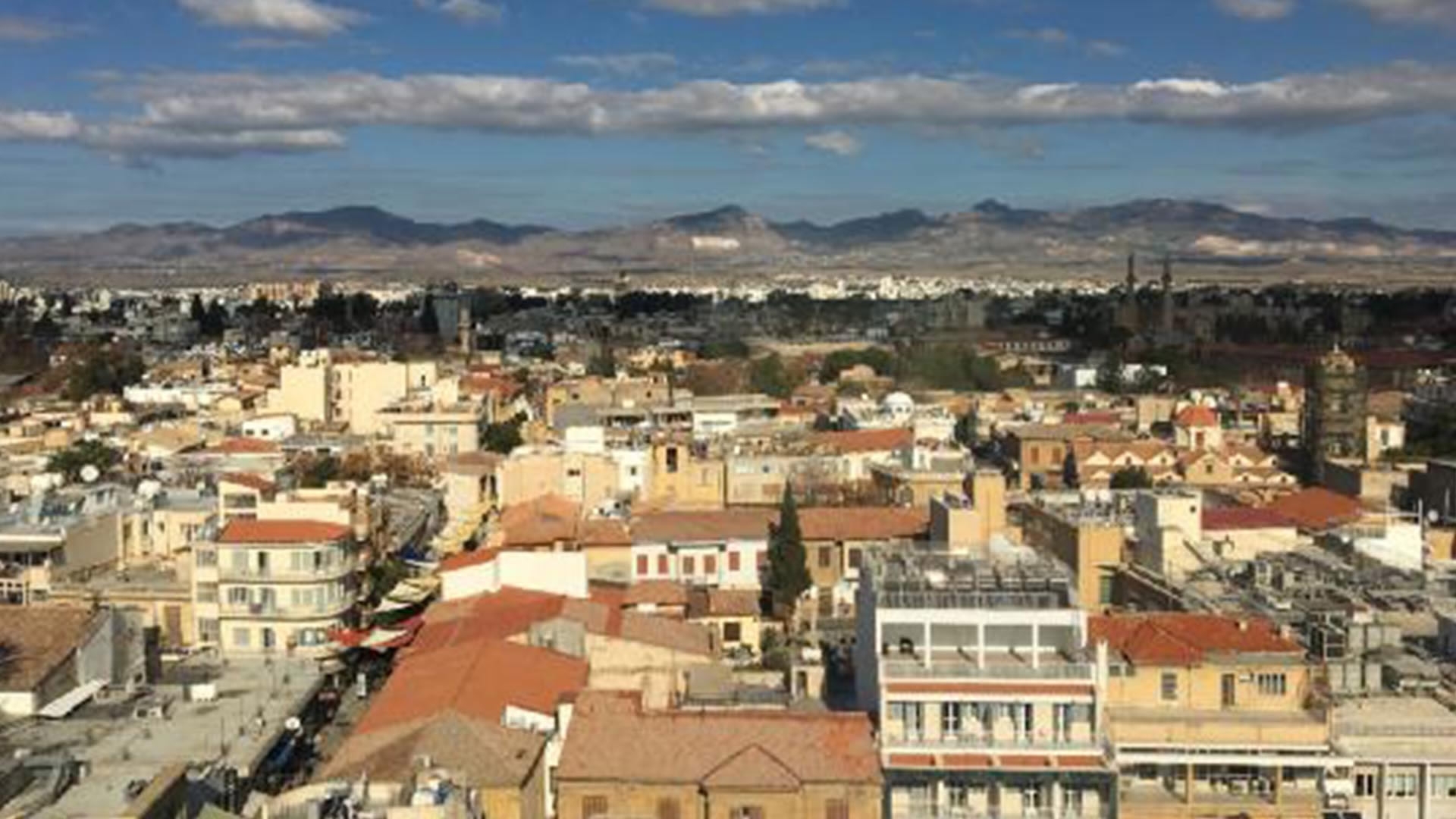 Editor’s note: The island nation of Cyprus is
located at the junction of three continents: Europe, Asia and Africa. China has proposed the Belt and Road Initiative, aiming
to build trade and infrastructure networks connecting these continents. With the help of the initiative, trade and cooperation
between Cyprus and China has steadily developed through the years.  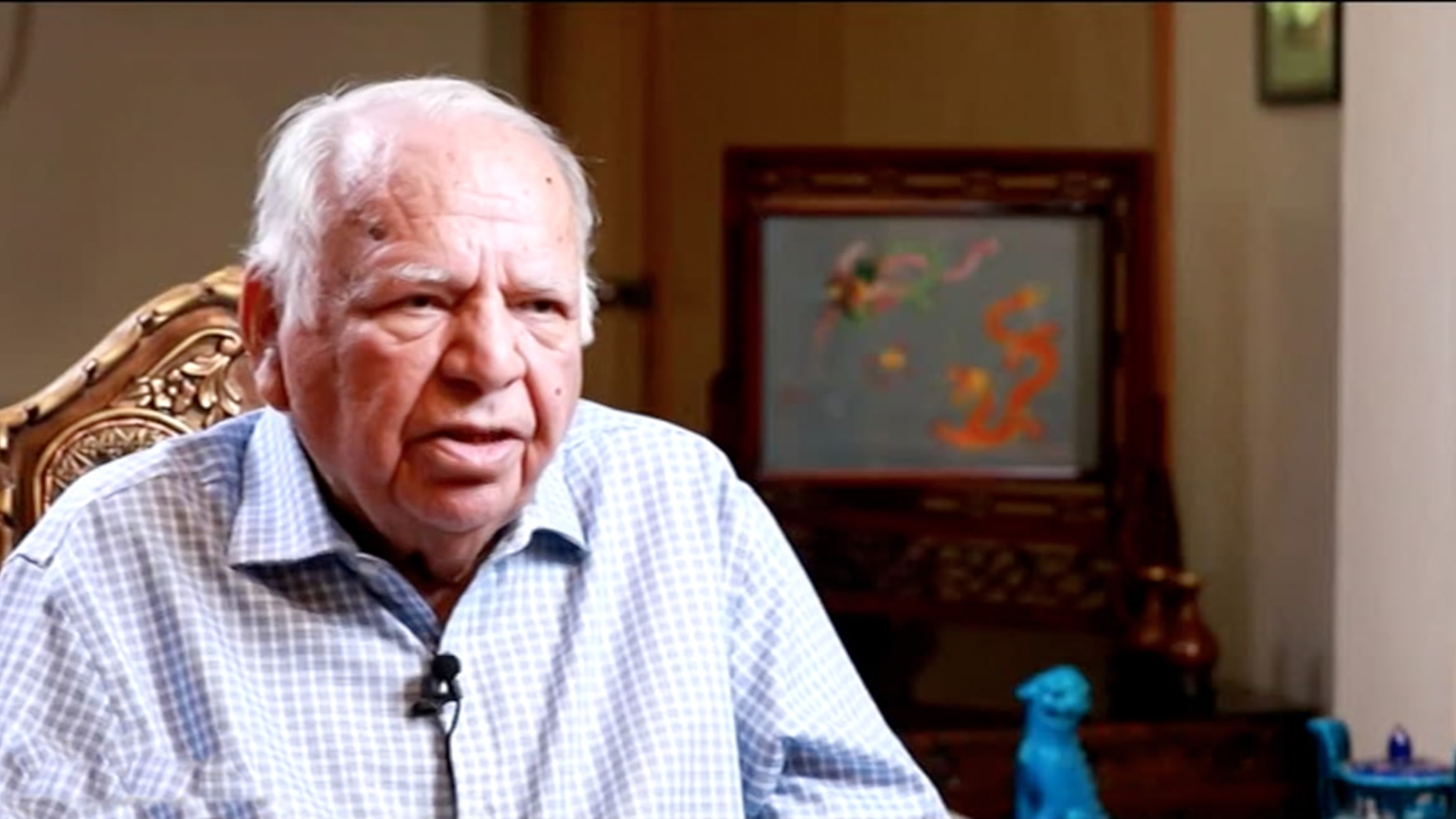 News of the China-Pakistan Economic Corridor (CPEC),
part of the Belt and Road, was received well by Pakistani residents, as shared by the country's former ambassador to China
and the United States Akram Zaki to CGTN.  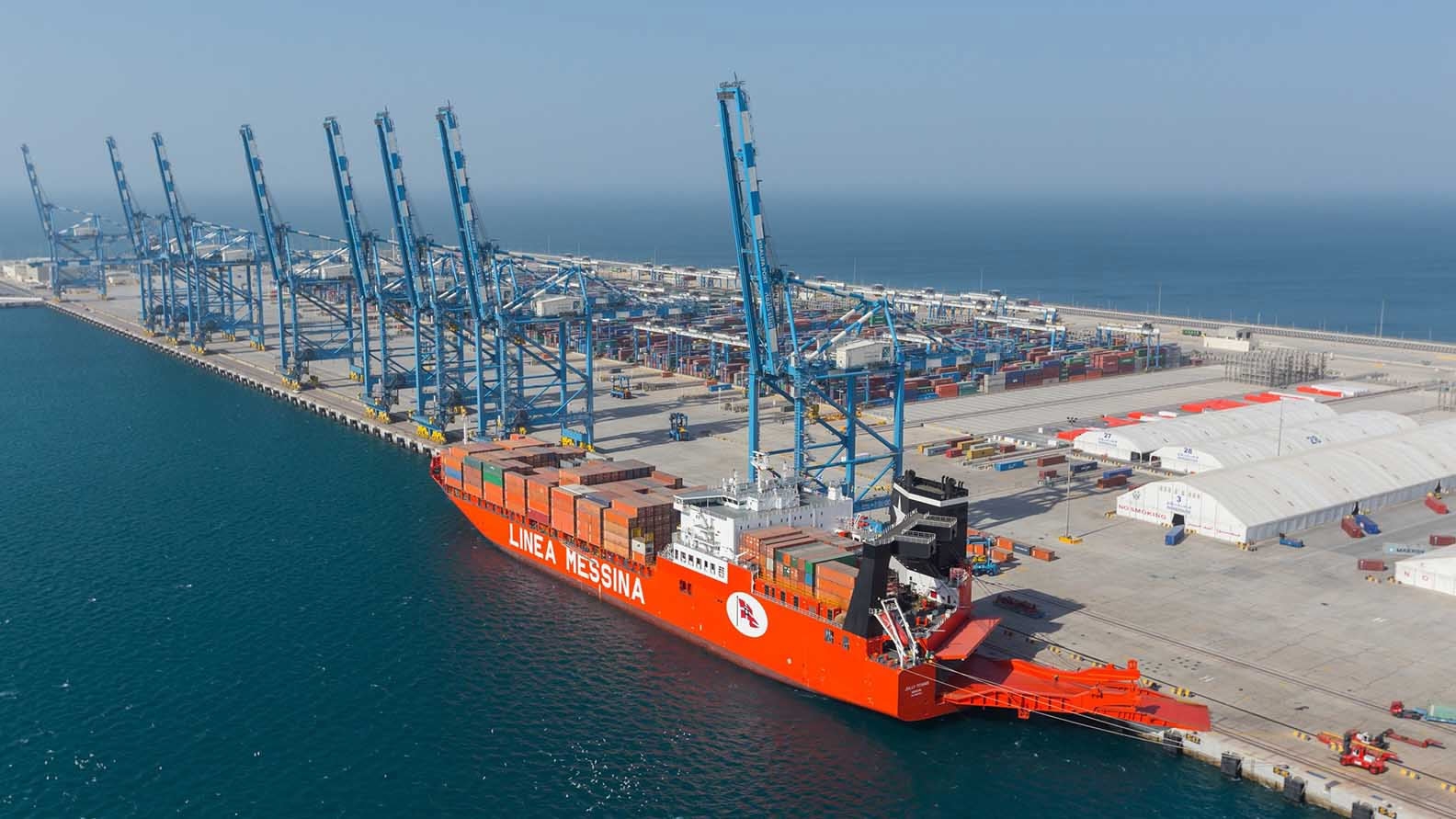 Despite significant accomplishments, the Belt and
Road Initiative still faces challenges – from security to geopolitical changes. As an active participant in the Initiative,
Pakistan already sees benefits from the China-Pakistan Economic Corridor (CPEC), which is under construction.  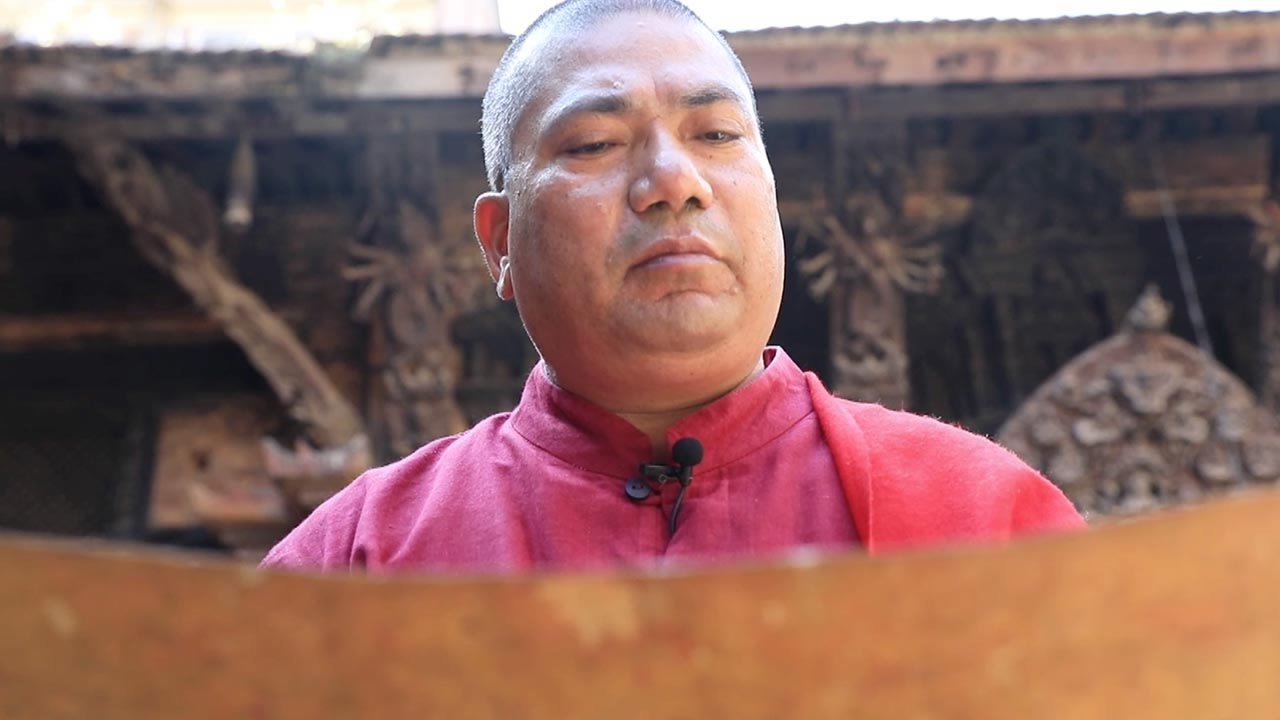 In a small centuries-old monastery hidden in downtown
Kathmandu, Professor Naresh Man is working on the ritual for the morning chant.  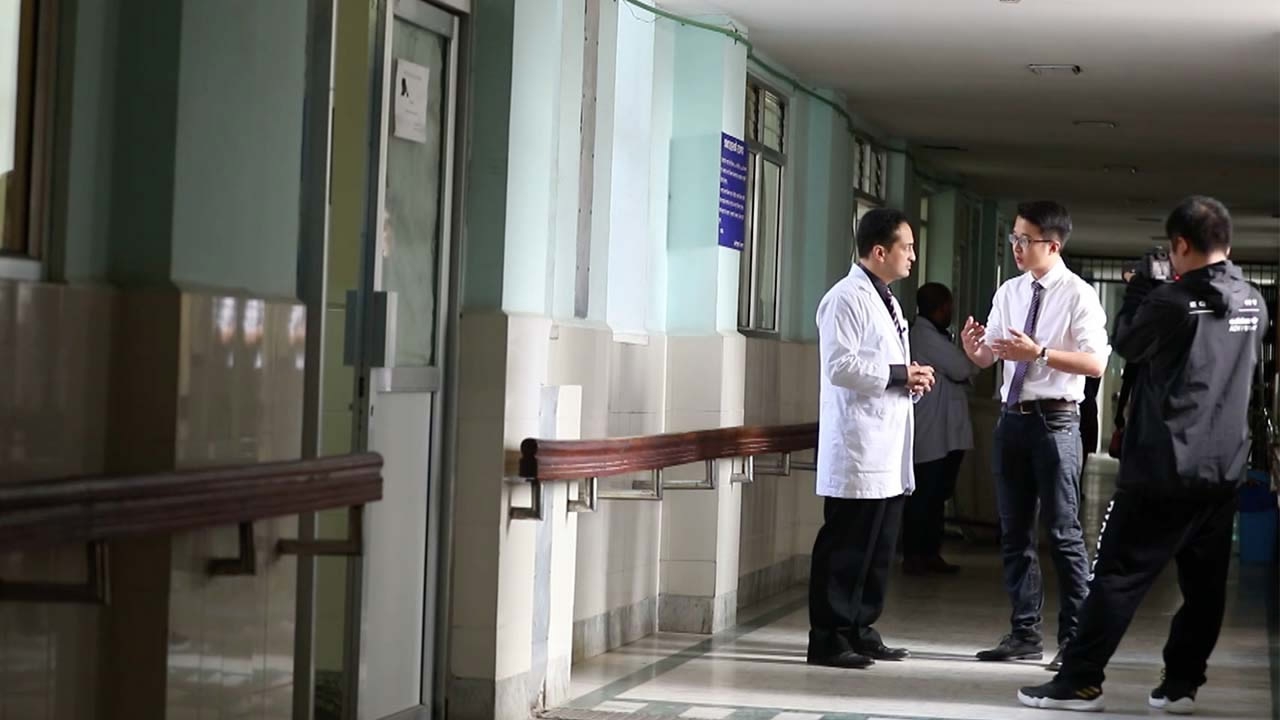 In the suburbs of Kathmandu lies Patan Hospital. As
one of the top three hospitals in the city, patients wait in long lines to see their doctors.   According to Nepali tradition, friends and relatives
are expected to throw a pregnancy party for expectant mothers.  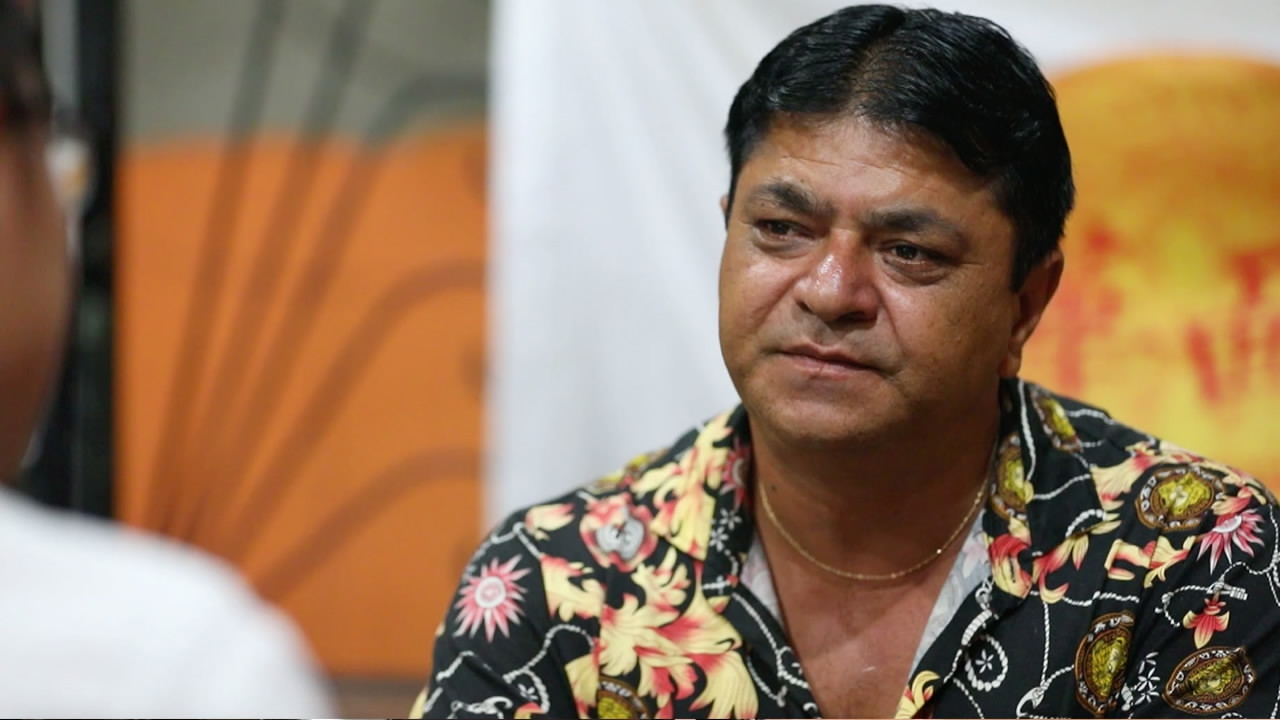 In Nepal’s capital Kathmandu, morning always
arrives earlier than any other place in the world. Most people here get up at around 5 am.  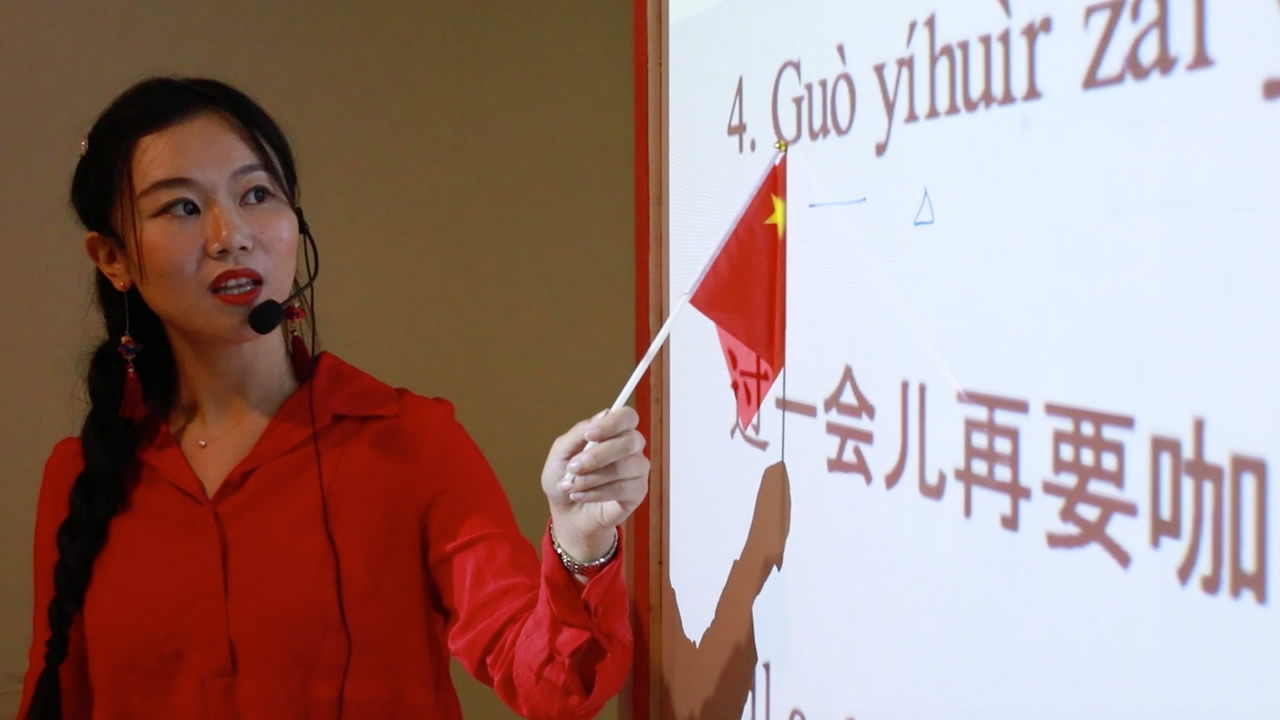 Wang Shengyi is a 29-year-old Chinese who has been
teaching in Pakistan for three months. She comes from Xi’an in central China, where the world-famous ancient Silk Road
started.  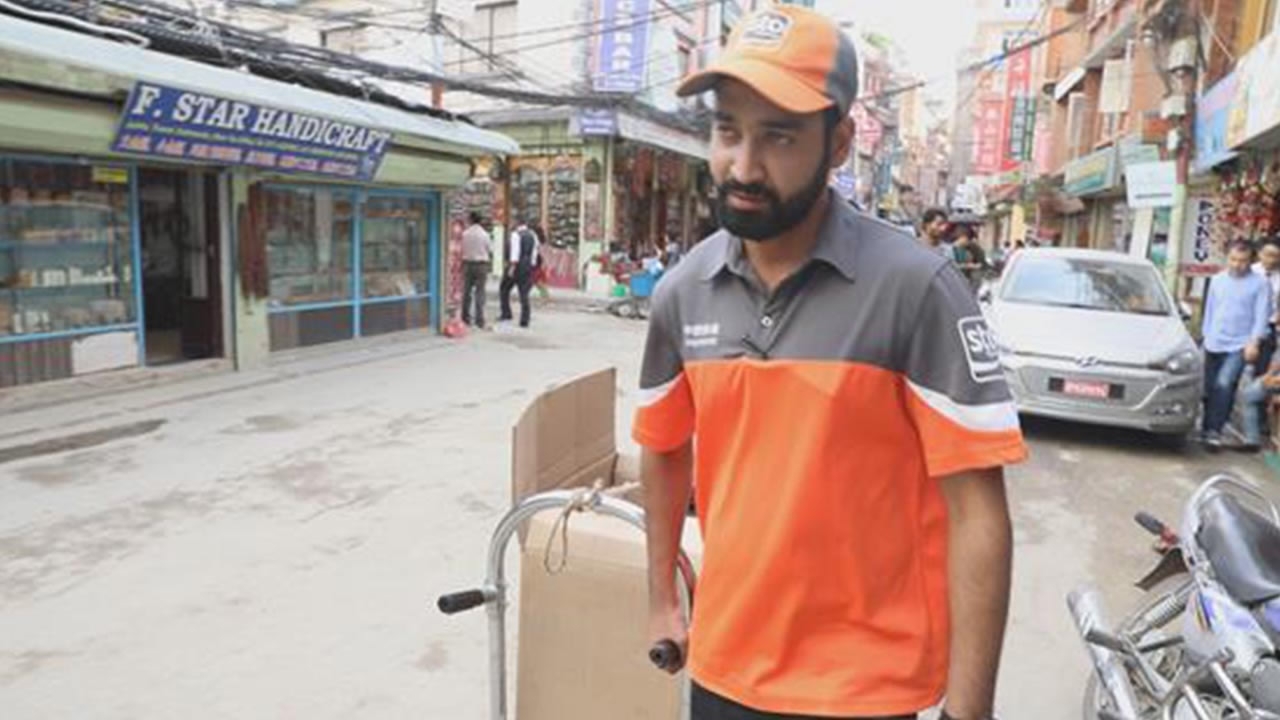 Dayaidhi Khatiwada is a local courier working for
a Chinese express delivery company in Nepal. He used to be a waiter at a restaurant in Qatar. But now, the highly demanding
job of being a courier has given him an opportunity to stay at home and earn a better salary.  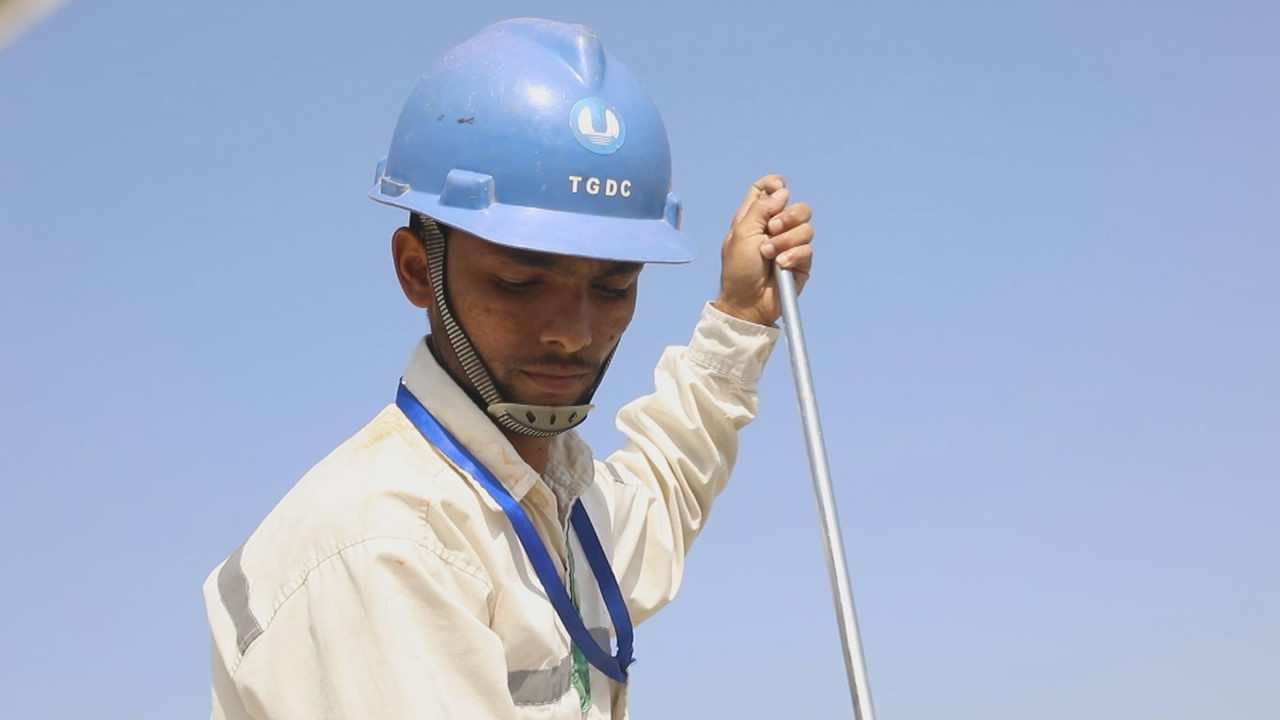 Adeel Shahzad is one of the 18,000 local workers at
Karot Hydropower Station construction site in northern Pakistan.   Chinese and African cooperation in the agriculture
sector has increased significantly over the past decade. What have been the biggest achievements and what new impetus could
China’s Belt and Road Initiative bring to Africa? CGTN reporter Zou Yun talked to Dr. Agnes Kalibata, president of the
Alliance for a Green Revolution in Africa and Rwanda’s former Minister of Agriculture and Animal Resources.  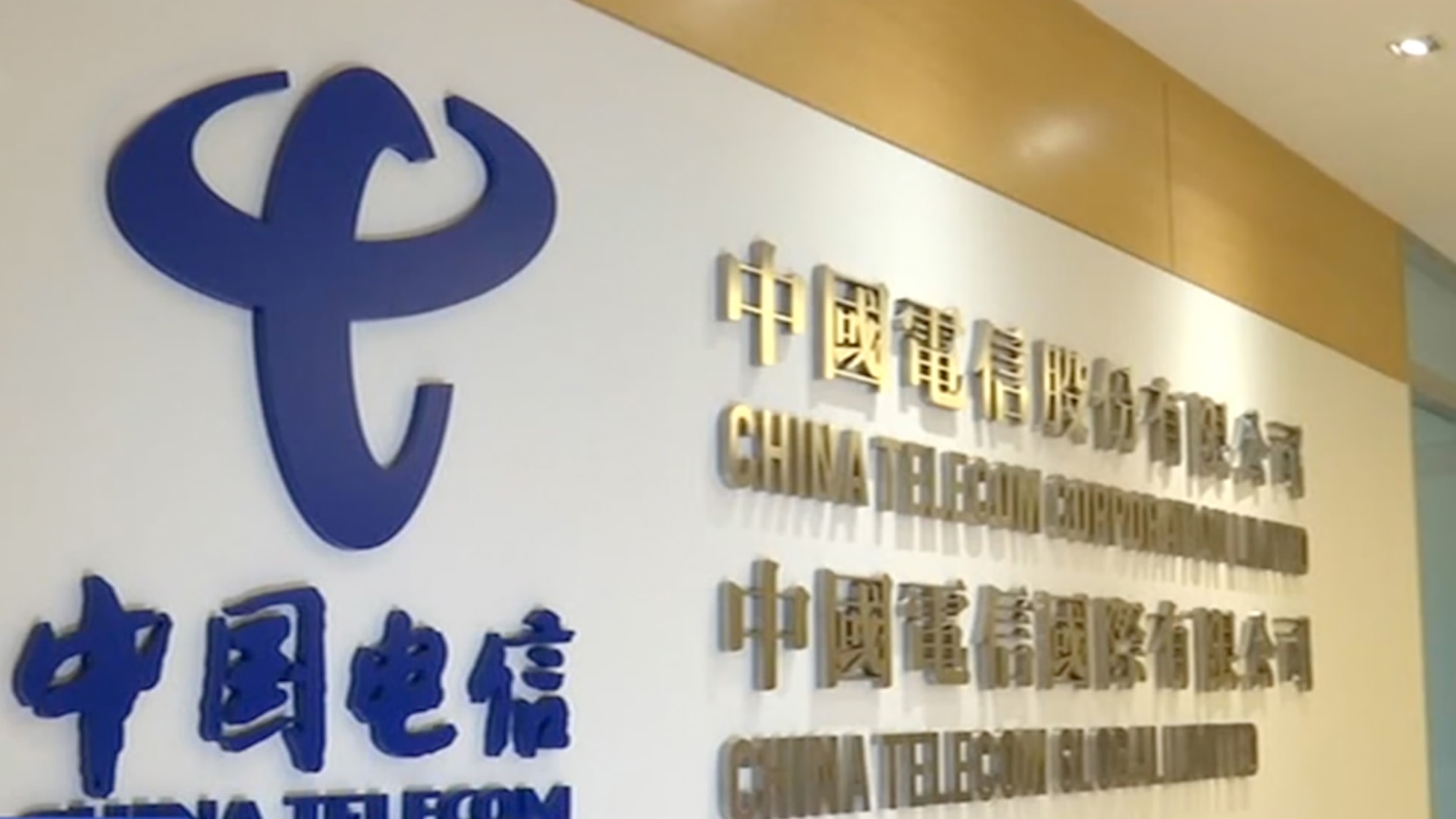 Running over the Himalayas and all the way to Hong
Kong, a length of optical fiber is changing locals’ daily lives in Nepal. | Why do we value China's President Jinping as top 2 jobs creator of sustainability generation? Its not just
that his most urgent promise to his people is to end poverty- 
between age 16-22 he lived in a poor village; his alumni networks were then shaped at the greatest servant
leader university Tsinghua ; he's been publishing searched for ending poverty since 1988 - see book out of poverty....................................... | E1 Xi Jinping: 3.5 billion youth's dreams and livelihoods and our species 17 greatest
ever goals linkin with maps and human connectivity Xi shares across all the worlds belt roads In 2018 over 65national leaders are partnering jinping in mapping a world ofx sustainability investment projects - can you help us develop Belt Roadmapping as quiz for 5th grade teachers everywhere x Imagine drawing world
trade routse between all the world's communities: where do rails and ports needc updrading; where can water and green pipes
go alongside rails; which are the new boders bridged: cultiral and youth celebartyions, educational opportunities; how do
we make sure 21st is designed to sustain youth and families everywhere in ways 20th c lack of communications tech could never
dream of January 26, 2018 This week
the Trump administration took a decision to raise tariffs on solar cells and modules imported into the United States. The
decision was based on a complaint brought under Section 201 of the Trade Act of 1974. As was discussed in a recent Energy 360 podcast on the topic, make no mistake, this was not a finding that China had conducted unfair trade practices; rather, it was
pure protectionism intended for a very narrow domestic constituency | W1
pope francis represnts the culture that has inspired the world's greateast health servants jim kim (paul farmer). Franciscans
value the greatest professionals as those who live with the poores and prefentially app tech  17:52 |
 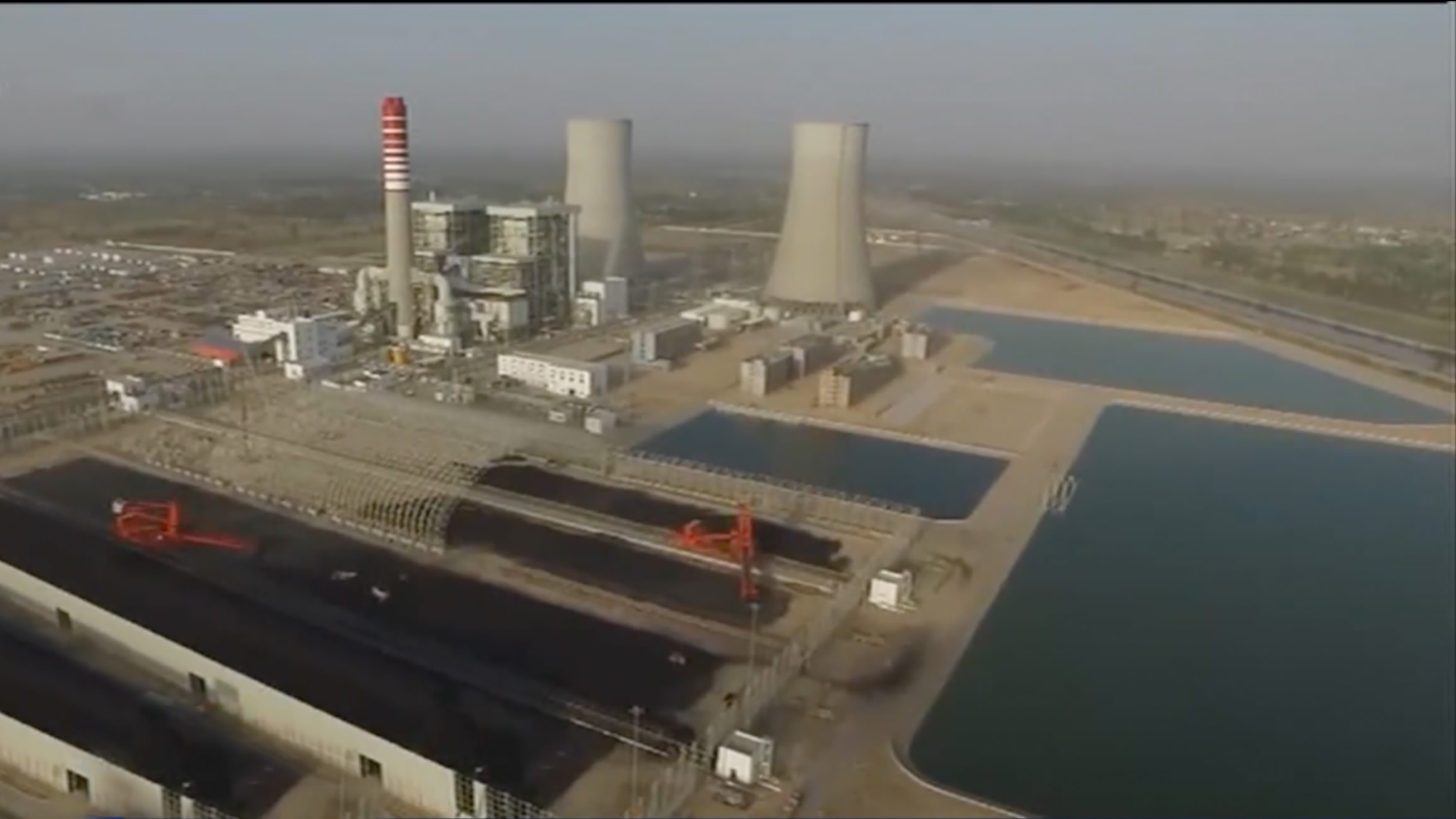 Power outages in Pakistan are expected to drop in
the next five years as the country's new Karot Hydropower Project, the first project of the Silk Road Fund initiated by Chinese
President Xi Jinping, connects to the energy grid.   Tien Giang Province, known as The Rice Bowl of Vietnam,
is located in the northeast of the Mekong Delta and packed with floating houses and fish farms.   Thinking of connectivity under the Belt and Road Initiative
(BRI), the first things that come to mind are likely rail or air -- but not necessarily road logistics.  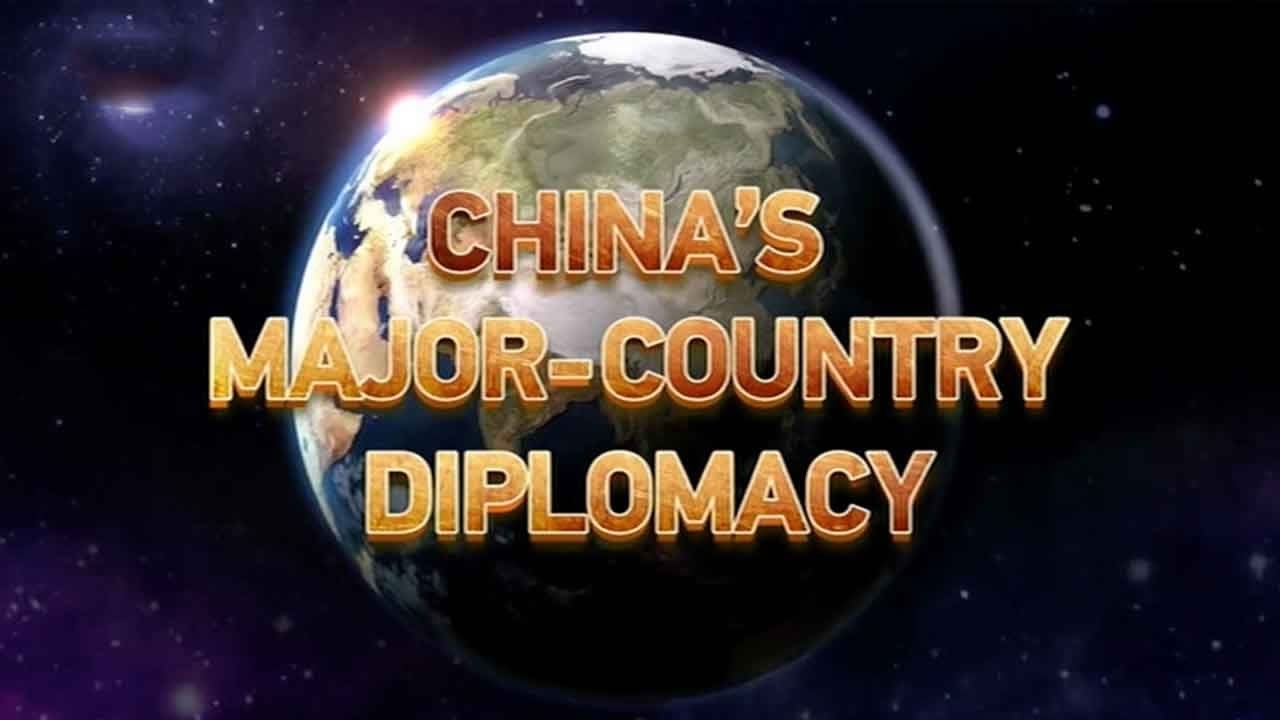 The China-proposed Belt and Road Initiative is a project
aimed to strengthen interconnectivity in the areas of policy, infrastructure, trade, finance and non-governmental exchanges
with the goal of bringing benefits to all. 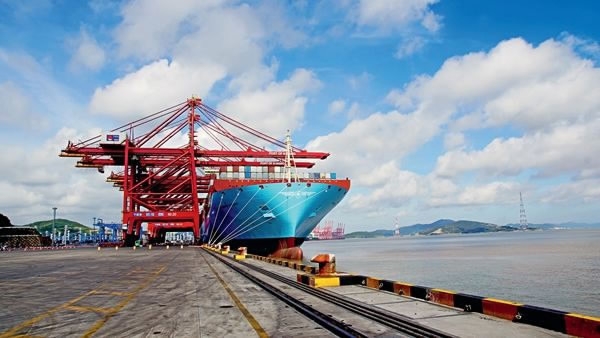 The China-proposed Belt and Road Initiative (BRI),
viewed as a new form of globalization based on the idea of connectivity, inclusiveness, and win-win cooperation, has been
at the center stage of the 19th National Congress of the Communist Party of China (CPC). 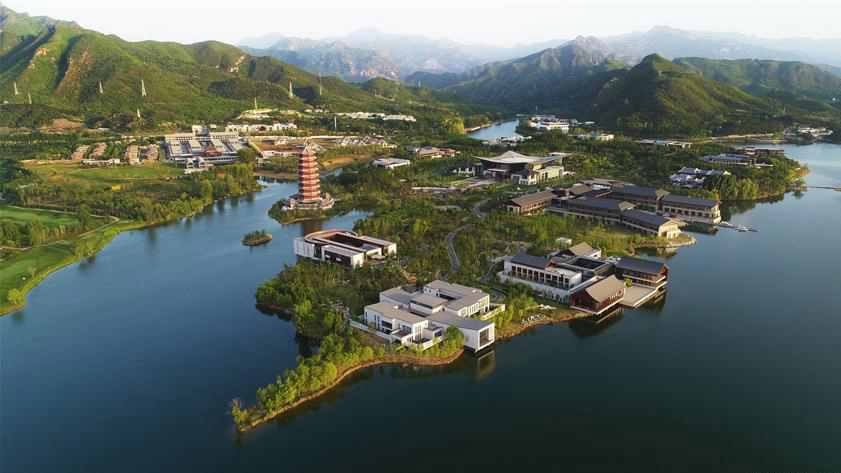 Guest commentary by Clare Pearson 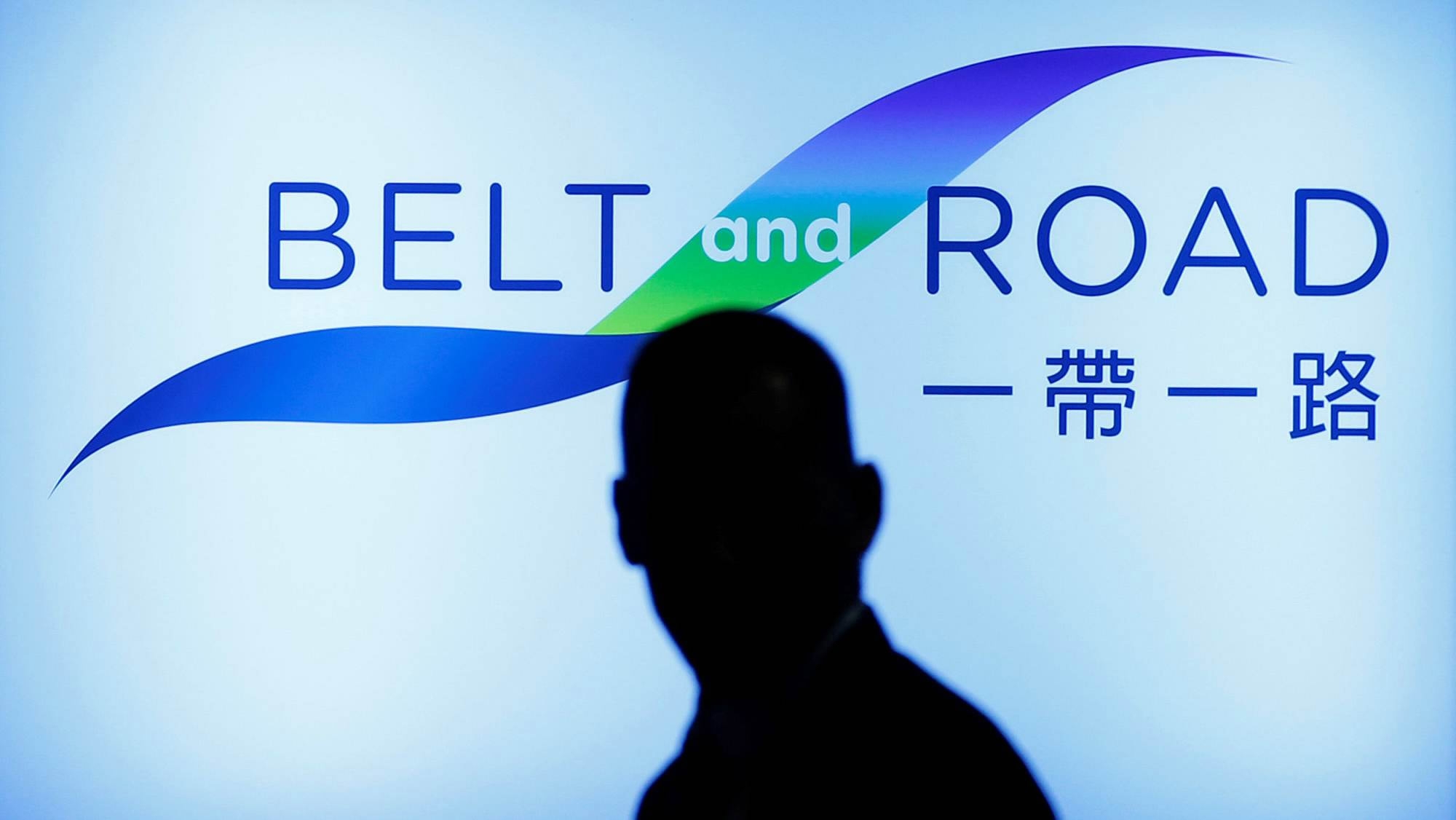 Guest commentary by Hannah Ryder 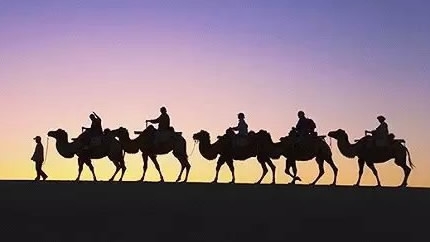 By CGTN’s Joseph Catanzaro, Cao Xi  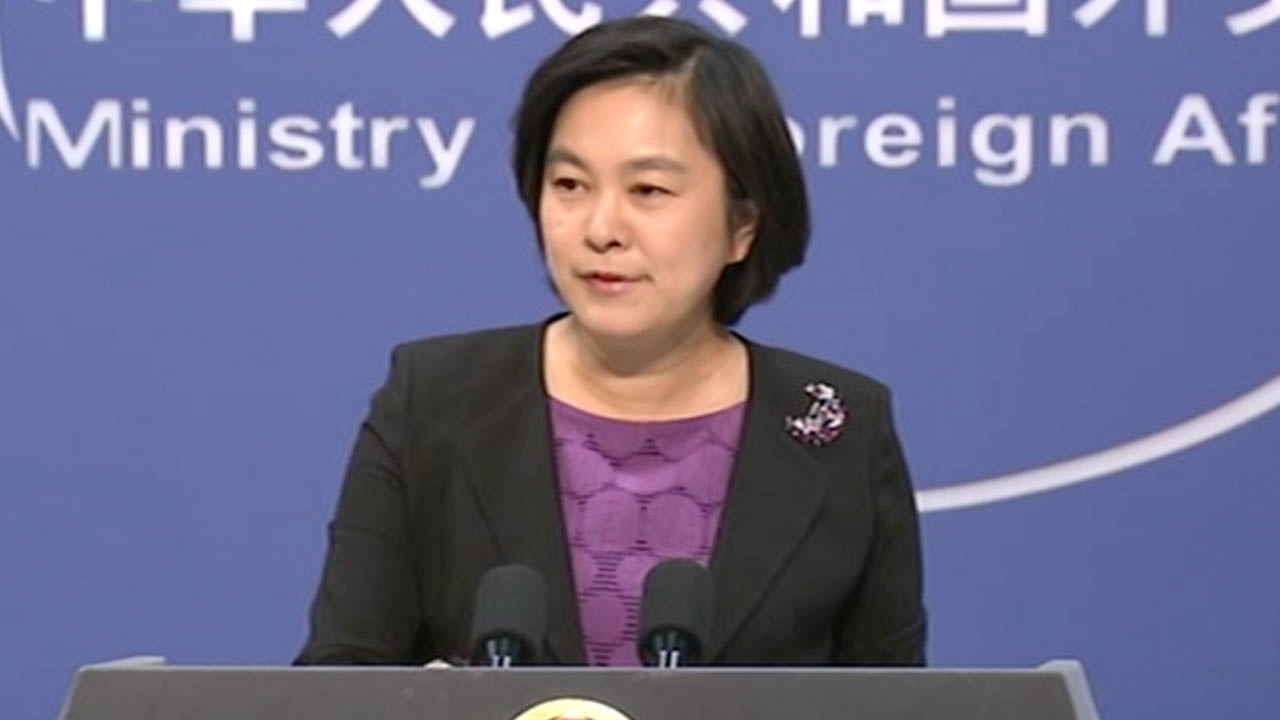 The high-profile Belt and Road Forum for International
Cooperation concluded in Beijing on Monday. A large number of deals were signed and a joint communique was released, seeking
an open and prosperous world economy. China's Foreign Ministry said the fruitful outcome of the forum and its deals are far-reaching. |  0:45 | E2 Bangladesh's Sir Fazle Abed - 46 years and counting as world's number 1 developer
of girls livelihhoods | W2 Guterres - its guterres jobs to unite world citiznes startring at boder crises points all over the world
- he and joininping will share mapping data very closely so girls lift up half the sky | | |
E3
Jack Ma: E3 Jack Ma: TECH chnasges every opp and risk of world citizens- from
Fintech to Healthtech to Edutech to Govtech: Jack Ma no techologist values youth globalisation more -its still a baby- lets grow it joyfully- until jack cam along the hi-tech hi-trust
idea of big data small apps wasnt discussed among world leaders Play -1:32 Additional Visual SettingsHD Enter Watch And ScrollEnter Fullscreen
Jack Ma says only by changing
education can your children compete with machines In an exclusive report by Andrew Quentson at Coin Journal – Ant Financial, the online payments affiliate
of Alibaba and the world’s second most valuable private technology company with a market cap of more than $60 billion,
have announced they are rolling out Blockchain technology for payments. The technology will be first applied to Alipay’s
donation platform to improve transparency and provide a trust mechanism with each payment and spending of donations recorded
on the Blockchain. Ant Financial and the Microfinance Management arm of China’s Foundation for Poverty Alleviation
(CFPA), China’s largest and most influential non-governmental organization that specializes in poverty alleviation,
have reached a strategic co-operation agreement to expand a model that takes targeted measures to help people lift themselves
out of poverty with the aid of the internet and now blockchain tech to more than 300 national and provincial counties within
three years. leapfrogtv,news - celebrate: alipay & ant financial bkash mpesa microsolar - rsvp isabella@unacknowledgedgiant.com | W3 Trudeau (macron) Prodi - nobody on the american continent has celebrate
jack ma's ideas with more youthful joy - see gateway17.com | | | E4 Sheikha Moza & W Thorning-Schmidt usa CHINA UNICORNS Over the past 18 months WISE has taken its message to Tunis, Beijing, and Madrid. With the success of these regional
forums, WISE announced it will travel to Ghana in May 2018 to team up with WISE Prize for Education Laureate, Dr Patrick Awuah,
for WISE@Accra. WISE will also participate in New York for WISE@UNGA in
September, and in March 2019 for WISE@Paris, before
returning to Doha in November for WISE 2019. Pictured from WISE 2017: Young delegates and their teachers engaged with 'The Litttle Engineer' Experiential
Learning Lab in the WISE Majlis.
|
|
|
|
WISE hosts third workshop on strengthening the global 'education ecosystem'Matterfund partners with WISE to launch a visual atlas for global educatorsBrookings Institution features WISE as one of its 'Innovation Spotters' | w4 tim berners lee
mit open everything linux negrpronte | | | E10 hujiang fu - china an dmaybe
the world's only education unicorn? | W5 Harrison owen mwheatley dounder special olympics gunter pauli | | | E8
pres tsinghua qiu yong (china’s hubs unicorn) now that there are 5 milion startups a year | W6 Quadirs - picard
legatum abdul latif polak | | | E5Moon Jae-in | W7 elon musk | | | E6 Mahbubani & Modi | W8 Kissinger albright | | | E7 President Ghana (education un eminent
15)- most truisyed leader of youth africa E32 Patrick Awuah, ashesi (belcher Mandela extranet) E49
rwanda's kagame has been african leaders number 1 cheerleader of youth entrepreneur compoetitions for over a decade including
a format co-tested at world bank hq - this has enabled him to position rwanda as african epicentre of or partners in health (founders jim kim paul farmer ophelia dahl) last miile health servant training and emergency support networks (much
in demand for ending ebola) ; he co-staged E3 jack ma's first visit to africa in 2017, and can help expand youth entrepreneur networking now that he chairs the african union | W9 bezos | | | E9 modi - firts businessman president of India- 2018
is most critical year of sino-india beltroadtech .. E9.1 Nilekani? Modi kalam singh E11
Softbank founder – genron leader – gov Tokyo - founder genron ; governor tokyo | W10 Soros or prince charles – sir
danny lord stern | | | E31 Varela Panama | W11 Erna Solberg Tw | | | Liu He | Prof michael Spence Wef ai – kai-fu lee sinovation ventures Try iteratively utilitarian uses is china vision –bat vs fag – larger gets larger more data loop
continues – so sinovation tries to add new competition to big 3 (everyone now trying to package as ai company this problem
novice will lose short) 2018 year of successes and bubbles in ai Icos
are a big problem First isn’t it save non-hackable- 2nd whose
data is it (china starts with utalitsarin over privacy) Uk leads in protection – could also use blockchain- but protection slows down
innovation Ai
makes it essential we change education frequencies - ai teacer trainers – change education- change work ethic
– jobs of compassion; | | | E13
yunus Hirsch danoce 2 and hec1 | dahl? Mcormack? Senna? Larry brilliant? Skoll? Schwab?
summits | | | E26 Maharishi E27
Amma E28 Jagdsih Gandhi family | Founder special Olympics thorkile sonee monica yunus | | | E19
foubnder cheung uni | wilaims
freling | | | E12 Pony ma ten cent | Larouche family | | | Jd
founder | (prince
charles) | | | E16 Baidu | Sir danny and stern and head aiib | | | E14
Xiaomi Richard liu jd | Cullture entrepfounder c100 | | | James
liang ctrip Also interested chinas demographics youth jianzhang Talent pool same dlar amount r&d bit 3 timnes less cost by=ut as msart youth-
downside can be in 20 years time | Khan academy Dounder bridges intl | | | E16
Zheng Hue green | Dounder
corwall tourism | | | E17 Who at wen | Gordon dryden | | | E18
Founder chian hubs and ent suburb | Prof micheal Spence | | | E30 Founders ushahidi ihum jamii
bora mpesa wangaari maathai predint Ghana eminent 15 | W96 ray anderson | | | E31 Taddy Blecher Current president Indonesia Current president Tanzania ?ethiopia | W99 Smith keynes wilson bagehot marx |
. | Larouche/EIR map 
|
These
are the most exciting times to be alive- the knowhow and investments of three generations (grandparents, parents, half world
under 30 ) are determining the sustainability
of the human race- there is so much work to be done now- not in a decade's time, that will be way too late what
we need to do is look at whole markets - energy, health care, education ... - as if they are jigsaws- we know how these were
globally designed during the carbonised industrial
age, what could they look like in an age where we have to start all over again with clean energy but can give youth the adavantage of thousands of times more computing and communications tech than we had at the end of world
war 2 Its a fact that if you want to design beautiful new jigsaw pieces you will gain hugely from makimg friends with eastern youth - from 1946 successful places
and generations in the east had to innovate
things that the age of western industrial empires had not. Take one beautuiful example-
in bangladesh from 1972 they worked on the jigsaw of bottom-up health services; start with
the idea that health services have say 20 different parts - 2 of which are
very expensive: surgery and the world's
newest pharma drug;
brac
in bangladesh started assembling all the
other parts - one quarter of infants' lives could be saved by mothers learning oral rehydration; in fact brac and collaboration partners put so many last mile health
servant pieces together that they raised
the average living age from the low 30s to the 60s
by 1996; you should note that brac networked mothers in rural villages without electricity so none of the most expensive western health services were applicable anyhow;
since
1996 microsolar and mobile phones have started
bringing new possibilities to upgrade the brac village health care system - but the first lesson is that bangladesh grew a 150 million person nation from poorest in the world with a health service that cost 10 times less
of a place's budget than rich nations
health services ; in the process it created local jobs, it broke through generations of illiteracy -and brains that were underdeveloped due to lack of nutrition- empowered girl leadership of community services in such a way that bangladesh is now also one of the most innovative creators of digital solutions; brac
owns the largest cashless banking system in the world www.bkash.com so that it can invest in girls ending poverty and leading collaboration
around many of sustainability goals
deepest experiments the second lesson is that everyone linked in by brac
from its poorest women customers to the village communites they serve to expert professionals including financiers loves learning by doing in the contexts that locally
exist; brac's education system
is in some ways as remarkable as its health service; its not just 10 times more economic, it delivers intergenerational progress that no classroom only
based education systemn
ever could - brain science shows that from just before adolescence we are made to experimentally learn .. that at least is how bangladesh girls dreams lifted up way more than half the sky in regenerating
the places the industrial age most excluded |
| watch out for the greater bay area - ie shenzhen-hong kong - joint research interests such as blochchain
cross-straits: similarly cgtn clarified today that investments between taiwan businessmen and china get bigger and bigger - don't let the
political noise blind you to how much woirld critical innovation stimulated by china-taiwan (unifying economy-tech)
sri lanka national leaders in beijing celebrating 60 years of relationsips
with china( (to do find history of friendhip realtionship with china); china says sri lanka can have pivotal role in belt
road:
see why from map particularly zone 2 and 7, 8, 0,1
note investments in sri lanka as superport and associated
business parks and priotity trading twin zones' what can other island nations benchmark from sri lanka
current bilaterals
this week philippines leader President Duterte (EconomistAsean.com) visited Japan's (EconomistJapan.com ) newly
re-elected President Abe- Japan to invest 8.5 bn in helping develop 31/10 cgtn manilla metro system and phillipines to help
develop peaceful approaches. Trump isnt attending all of Asean but likely will ctach up with Abe & Duterte ..China and US prepare for trump visit to beijing (note asean development bank ostensibleyled by japan is based in manilla); indian conceived
new development bank is based in shanghai; aiib is based in beijong; all of these new banks showcase projects majority of
world's people want demonstarted but which western aid wouldnt finance tech clarification
cgtb china 24 10/30
government ban of tools for private launch of cryptocurrenceis not to be confused with intense social
research on blockchains - also like likelihood gov will launch cryptocurrencies to support belt road partnership projects
see also first year of green finance research here - more at www.economistgreen.com
More on asean
spaces https://www.asean2017.ph/ EconomistAsean.com jargon Asean plus 3
Footnote context Lim Tai Wei - Note phillipines has ben fastest growing economy inasea and for thes reasons needs
upgrading of infrastructure including its fll0d proofing; note recent victory over islamic rebels component of complesx character
of Duterte as is his aggressive war on drugs networks
duterte likely to meet
trump on his upcoming trip to Asia
rong ying: asean summit 2017 50th anniversary
is abe aiming to revive TTP after US withdrawal
-consider also RCP
conflicts
Problem of Myanmar leadership regarding refugee crisis and border relationship with Bangladesh
north korea
For more on China's Belt and
Road initiative and its role in global trade, CGTN's Paul Barber spoke to Marios Maratheftis, chief ... Some insights from CGTN's talented
young chief correspondent who holds an MBA from the University of Cambridge? It's time to ...
|
chris
macrae 240 316 8157 www.smbaworld.com
Entrepreneurial Revolution's 50th annual celebration for
ending poverty goes to china-why? Together Belt Road infrastructures and ecommerce end the 2 main systemic causes of poverty: - non-transparent value chain
- being disconnected
from trade routes
good news; this is win-win-win model, the more who benchmark it the more poverty ends all around world; better news china will soon have 700 million middle class (half young) - they are being celebrated where they demand brands
who clarify how they sustain whole value chain See 38 more articles http://erworld.tv We invite searchers of World Record Job Creation (WRJC) to join us online at a few dozen websites designed
for peoples to explore and connect purposes they want to value markets around. We began searching with 2 main languages English
and Chinese but look forward to translation ideas To enjoy being an alumni of WRJC, you will need to bring curiosity, young-at-heart spirit,
and optimism in translating languages, cultures and social innovation at deep community levels which historically women have
valued sustaining more than men Lead I-Bank | Country & project, tot$ | Description | Other partners | | AIIB | Tajikistan D-U border road | | | | aiib | Bangladesh energy distribution | | | | aiib | Pakistan National motorway m4 | | | | Aiib | Indonesia slum upgrading | | | | aiib | Pakistan tarbela hydropower extension | | | | aiib | Myanmar myingyan power plant | | | | aiib | Oman preparing railway to link superport | | | | aiib | Oman duqm port and science park | | | | | Azerbaijan Anatolian hna gas pipeline | | | | | Indonesia Reg Inv Proj1 | | | | | Indpnesia Dam op improvement | | | | | Bangaldesh natural gas imnfrastructue | | | | | | | | | | Georgia
batumi road | | | | | India
power for all | | | | | Indis
infrastructure fund | | | | | Najikstann
Nrek hydro power | | | | | India
Gufarat rural roads | | | |
..

online library of norman macrae-- ........ | welcome to unders 30s league table of supercity.university - where to collaborate with to sustain the world and earn decent livo0tes welcome isabella@unacknowledgedgiant.com
| 1 Bravo China and tao alumni everywhere . Less than half a century ago a
quarter of the world's people decided hiding behind a wall stopped them from worldwide communications with other great entrepreneurs.
Today Beijing's rejuvenation of China and allplaces East (eg one belt one road) is ponying up to the responsibility of designing
quarter billion brilliant girls livelihoods by 2030- china realises that most sustainability goals are
youth collaboration (open education, society. wizard tech) goals; eg chinese women under 30 cant cure the world's climate
or health service crises on their own but if global youth friend and translate with them: yes youth and Industrial Revolution
4 can . why else would humans be spending over 1000 times more on communications tech now than in 1946? | 2 Dhaka empowered bangladeshi (and the world's) poorest village girls to be the greatest social
networkers the world has ever seen TWICE - from 1972 for real out of 60 person vilage hubs with no electricity and no telecoms;
from 1996 at start of Industrial Revolution 3- universal access to mobile text and talk news update bangladesh have just
succeeded in 2012's boldest 5 year plan - building the developing world's largest cashless bank owned by and run for the poorest www.bkash.com | 3 Hangzhou epicentre of mapping back I$ - blockchains
of small enterprsie markets once smart phones are universally accessible- promoted by China as epucentre of all colaboration
invitation ofG20 leaders to youth uniting 17 sustainability goals | 4 Glasgow
(london) epicentre of commission to change schools before half of youth are unemplyable; affordable training on english as
a world service language | 5 baltimore-dc - baltiimore is the conscious epicentre of usa-
its where 2 black girls in 1870s established case law that girls and blacks are people not belongings- recently such greats
as pope francis and jim kim have praised almost one ad half centuries on conscious inner city development perhaps best knwn
as black future goals of thurgood marshall; when millions of girls spend quarter of a billion dolars marching on dc its a
pity not to action your wish with baltimores collaboration hub | | | | | | | | | | |
celebrates the biggest winners: China (Chinathanks.com JackMatv.com), and end-poverty special prize Bangladesh. Biggest loser Washington Consensus and the "haggard infertoile grandmother
economy" of the EU. Once
American youth have freed themselves from Washington consensus can Baltimore help the Leonsis view that MD-DC region can yet be one of the collaboraion superplaces of 2030now?
#BAtech Thanks Baltimore for Designing 5 cores of job creating supercity when Pope Francis first told friends in Baltimore that the world would cheer progress towards
a city em;powering youth to create jobs, we didnt foresee Baltimore needing to be the stimulus for the whole suoercity region
=: Baltimore-DC - but in 2017 we're happy to invite any city tobenchmark 5 essential design spaces.................................................................................................. | Nation's origin of social justice- 1881 saw 4 black girls thrown off a balitimore
cruise liner- byu winning their legal case they inveted in communities and colege whose alumn include Thurgood Marshall -what
can you trade with liberty's graeest american space now! -more | . | 2 Baltimore's inner city has 1000 times cheaper property than silicon valley= conscious proiperty deve,lopers
ask hopw tpo build the east coast's Industrial Revolution 4 garages and our poorest citizens family homes -more | | . | 3 DC's gfreatest development experts ad funds dont contribute to baltimore-
let's invite every goal 11 international dev city top co-create with baltimore until even DC wants to action learn with us
-more | .. | | 4 imagine if undergrduate students
only had to pay $100 for theoretical course content bur could spond their time linking in the G20 greatest colaboirations
the way China G20 invited youth to do - next stope fransiscan POP & PYP solution argentina 2018 and idia style coding
solutions G20 2019 -more | . | 5 as hosts to The Games of World Record Jobs Creation- we'll happily prove our youth have a hunger to contributing to alumni of every world record job creator |
|  | Supercity.university world citizen thank yous: 10
Hangzhou for being number 1 supercity of positive world trade in Marco Polo's time and since Hangzhou China G20 2016 - the
benchmark for world trade designed to fully employ youth and small enetrprsies everywhere - china has at least 100 supercity
experiments going on -please mail us your favorite linls Bangladesh the place
that empowered pooerst vilage women to build a ntaion from nothing twice- 1971 on with no electricity , no telcomes
from 1996 with leapfrog of univesral text obile and micro solar Baltimore - the
place where 130 years of Black Girls community building has 3 times intraprenuered usa freedoms - see stories of Thurgood
Marshall communities and collaborate with baltiore as today's benchmark for conscious inner supercity hub Asia wouldnt be the number 1 job creating hemisphere leading win-wins of sustainability goals age
without the infrastructure stories of tokyo seoul taipei singapore hong kong and the chnage in leadership in china which from
1976 decided to race to being the epicentre ofpositive world trade last seen at Hangzhou mid 13th century the superport model has also inspited UAE which is now conecting in the greatest co-creativity summits
on change education............................... |  |  | 100 ways to value multiply livelihoods oif half of world udner 30: 1 the
english language remains the most valuable open source skill ; that learning this second language isnt much more affordable
for chinese and global youth to practice is not just a lost opportunity of worldwide development but a crisis for british/commonwelath
networks (eg british council , british aid) - 2 conversely another peer to peer opportunity
of conscious inner city hubs- benchmark how to maximise collaboration value at TGoodM === missing any opportunity to learn chinese as a second language or to develop friendship exchanges with the
peoples and place that is 99% likely to determine the big collaboration successes or failures (including extinction) of the
human race in 21st C -again inner city hubs of supercities should seize the job creating opportunity of maximising hi-trust
communication with Chinese people ; 3 one challenge of ending extreme poverty
is that is that designing a system solution to help people a few rungs up the poverty ladder rather than the very bottom is
always more short-term metriceconomical for an individual insitution but note the risk of that logic is always leaving the
biggest innovation challenge to someone else; today the one person alive who has always linked down effective efficient and
expanadble solutions to the very poorest is Sir Fazle Abed - making sure his replicable solutions prolong beyond this 81 year
old's life is getting really urgent; problematically "see The Economist it wasnt microcredit it was brac" over
95% of us professors and other experts have never begn to know how to share the health, food security, banking, and education
channel microfrachises bangladesh village womens used to end the most extreme poverty and extreme disadvantages on most sustainbility
goals is a huge opportunity for everyone linked in to education summits such as wise and education commission whose leadership
know that half of the under 30s world will be unemployable by 2030 unless education is totally transformed; it is to
be hoped that Sir Fazle also becomes china's next international hero since no network can celebrate sir fazle s missing knowledge
curriculum with as much true love as China's QuarterBillionGirls ; not only did sir fazle acept the chalenge of extreme poverty solutions but the sequence he chose was that critical
to building health and other systems from starting with nothing; so the first solution he scaled across rural vilages was
oral rehydration- saviong quarter if infants from death by training (illitetare) vilage mothers to serve bolied water
sugar and salts mixed in the right proportion; this was the lowest cost life saving cure of modern times; having gained a
reputation for the #E's and extreme affordability BRAC became the partner of choice for those who wanted to do the greatest
good with their funds or skills- 
4 the systems logic of jack ma and sir fazle abed alumni of SME (small medium
enterprise inclusion) every global market chain will prove necessary if the human race is to unite around sustainability of
all our beings in time -this is a big subject, market by market -one way to POP (Priority Option Poor) is to benchmark successful
leapfroging models of universal mobiule access - IR3 universal text mobile, IR4 universal smart mobile as these ended digital
divides in a way that Industrial Revolution 2 the web pre-mobile could not do down with the very poorest. Leapfrogtv.news 4.1 we know that resilience disaster prevention is a natural leapfrog when enough
people in every village have mobile connectivity for first time; 4.2 we know that
cashless banking like mpesa and bkash is the first of a series of financial leapfrogs -its pretty scary for youth livelihoods of any nation developing
or developed to miss the unique window of opportunity to preferentially apply the new technolgy to teh smalest and most entrepreneurial
- nite how doing digital brings down the coist of keepoing financial records by orders of magnitude; 4.3 we
know that microsolar, for thise previously not on any electricity grid, is the first of several go-green energy leapfrogs;
and villages ending dependence on kerosene also use boiogas cooking stoves as another early green leapfrog; 5 however
china g20 August 2016 (being the first G20 summit after the UN's 2015 launch of sustainability's 17 goals - upgraded many
more leapfroging models 5.1 such that those who have studied Jack Ma's big data small
system platforms can access - see jim kim's testimony on now the world bank has to rereview every projects its ever done, 6 Additionally
Xi Jinping has maped the physical infrastructure models hemispheres need so that 21st C real trades are accessible to everyone
in way that Industrial Revilution 1 was not. 7 In addition when you note that half
the world's people live on 10% of land within 3000 miles of beijing it becomes clear why China has to be the collaboration
epicentre of winning humanity's race to go green. In the annual G20 cycle peoples networks do the homework for
the celebrations on the 2=day world staga where leaders meet. Already green finaance appears to have emerged as an additional
network thanks to China's biiding 8 Mapping back what G20 leaders celebrate at Argentina
2018 offeres great opportunity to benefit from up to a billion Franciscan minds ( the culture that innovated POP Preferential
Opition Poor in the late 1960s 9 With teh world converging in India G20 in 2019, the
opportunity for celebrating the greatest open tech apps for the poorest must not be missed 11 While
China G20 (Hangzhou Consensus) communicated China's message that most sustainability goals are youth collaboration goals it
is happy to partner any country's youth in- clearly ecver China-India opportunity to job co-create with the 2 largest youth
populations in the world and the majority of growth in worldwide econoies of our era. When you build on the map above
, more meta- opportunities emerge 12 WE expect the legacy of the late great Presodent
Kalam to finally get a full celebration at G20 - no leader ever gave ore to belkief that youth are a counytry's future -indde
Kalam's last words were on that. For years now wileard technolgist Nilekani (the billioonaire? founder of Infosys) has joined
Kalam in debating 2020 visions for India - they sound as if they will snap with where Jack Ma was to help empower small enterprsies
futures 13 Blockchain (which gurus like Don Tapscot see as critiical to IR4 as universal
smart mobiles) 1 2 can activate transparency and much better value (cost ofintermediary agents) in any intergeneration smart contract markets
subject to some provisions sucj as universal indentification of the poores (india lead); philanthrop and aid and green fiace
are exampels of blended markets where blockchain may bring a revolution -note we already value teh ssutainability charity
model from bangladesh more than the aid one in many sectirs; alongside this the smartest american student app network we have
seen in sustainability goals spoace is give directly with its big data small analyses conditional on poorest dientification; 14 From Fintech to edutech to .. Bransto regularly hosts hi-level summits with about a dozen tech
noligies convergence to debate - eg in addition to blockchain, 3-d printing, fablabs, (sensors) e-textiles and e-spectacles
-subscribe to MIT media lab newsletter to understand what revolitionary industries of the future may be but a year or two
away ultimately it is time in a trilaion dolllar market to mediate iopenly the search for what purspoe of this
market contributes smost to sustainability- note this is the opposite maths metric to that where top decson amkers are drive
by profit to the exclusion of evrything else; this biggest ever maths mistake was reported year 2000 by brookings dc as unseen
wealth (ie underestimating compound risk as well as undervaluing trust-flows betrween stakehoilder needed so that makets such
as knowhow multioplying in use can be modelled way abopve zero sum hypotheses. The issue of who's who in the world of
conscious leaders and the 50 bigets markets invgolves a tripl crisis : media why has no media scaled round ehroising the wotld's
top 50 jobs sustaining market leaders; numbers professions why did they fail to give up monopoly lpractices in the face of
uneen wealth; education -failure oto produce a world civics curricula which starts with teh stories of the 50 most conscious
market lkeaders (for youth to keep updating) is to fail to emlpoer youth to sdesign sustainability purposes let alone to be
the eladers of lifelong sustainability learning and doing whilst also invesnting in huimanity's greatest sustainabiliy chalenge-
parenting children. For this who would argue that macropeconomic errors cant have spiralled too near to irreversibly in in
the big brother direction. we invite you to debtae the oxfiord union motion - this hoiuse believes that sustainabiligty cant
come to communiteis while macroeconomics devalues parneting and requires nightly newcasters to do likewise |
help us catatalogue 100 ways to empower world citizen's generation liveihoods and sustainable
communities missing
curicula - eg 80% of world's knowhow is made in english and chinese but less than 5% of humans speak both languages - -- every child needs affordable access to 4 languages: mother tongue english
chinese and coding- this could be done through after school hours
peer to peer spaces - update penpals in age of skype and whats app ---english as second language is quite likely main export in a brexit britian until other countries have blockchained
themselves beyond subsidising germany through paper printed euros | other educational transformations needed if half of youth are not to be unemployable by 2030 | collaborate around girls empowerment to end the disgraceful chauvinistic and political chicanery
that most macroeconomics analyses - eg negative value to motheringo | | | d | leapfrog beyond industrial revoution 1- thing manufacuring age ::-eg
opportunities to innovate were very unevenly dustributed geographically :: - as late
as 1960s one part of world was racing to moon while another third of peoples didnt
even enjoy electricty grids | will climate crisis stimulate
the greatest leapfrog of all - beyond the carbon age's wars over reality that oil wells were only located on 0.0001% of planet other tipping point opportunities of www.1461.worl | what
inclusive 21st c world trading infratsructure investments can be celebrated now - see www.supercity.university | | | |
welcome - text 240 316 8157 wash dc (with baltimore one of 12 supercity) if you can help search : what types of education would make billions
of youth hopeful about sustainability and jobs and human tech?- our billion
outreacch includes Franciscans and chinese -
we started versin 2.1 of the 2025 report 15 years ago when
then president kalam annd sunita gandhi of lucknow city montessori asked question what if billion youth were inspired by action learning curriculum of gandhi's
peacemaking - since then we have also come across open space players and joyful education leaders concerned with mandela-youth or luther-King youth or muhammad yunus mobile youth or MIT open futures
- which youth education
futures inspire you most? tech note - half of the world is under 30
but with huge variations from the od countries eg in europe west or segments eg whutes in usa t some african nations where
mots are under 20- world citzens and yuth all need each ther in so many basic servics pen learning i sustainability
is to be invested in- anyone who thikns we can fiddle for another decade while the planet and youth burn isnt the sort
of link we need -thanks macrae family, wash dc |
vote for your favorite world record job creators eg 6.1 wolfram  10.1 khan 
3.1 Yunus  . . |
| Can you help us issue invitations to world recoird
jobs game- example............................................................................................................................................... Do you have time to play
the World Record Jobs game for one hour? This could happen at a breakfast meeting or an evening
happy hour if thats how you prefer youths most creative experiments to be appraised. WRJ is a youth-valuation survey
(active learning) game that's as simple as possible to play rule 1 each player is given 3 minutes to vote for a list of maximum 12 world
record job creators rule
2 the group then negotiates a grid of 3 rows and 4 columns- the process seeks to put world record job creators in the same
space if being a socially active alumni of any member in that space has similar kinds of exponential impact the
players then debrief their collaborative view of the world's most joyful job creators with a benchmark friends of my family's
foundation (unacknowledged giant of maths and media) update. Examples for our current benchmark game are footnoted the game can end there or it can be discussed as an internal survey process
or one that seeks to exchange with like-minded institutions valuing youth's sustainability and empowering a borderless race
to end extremes of inequality eg such OAS partners as blum or the youth summit networks at the world bank if
at any future time the group wants to contribute publicly to the search for world record job creation we encourage them to
open up a blog or similar platform our maths and open systems advisers hope to develop an app version of world
record jobs game in coming months It would be great if we could rehearse this game once before late march when
Amy's youthful Chinese mediation friends aim to test how youth alumni of vatican university play this game in Rome
as part of the launch celebrations of a worldwide youth empowerment network sincerely chris
macrae 240 316 8157 benchmark pope francis: take a handful of his
speeches (eg to US Congress , UN, Mexico, EU Strasbourg ...) on value of families and sustainability of youth - search for which
faith or culture leaders through history have prioritised valuing similar communal actions understand the various apps of the Americas' 1960s emergence of Preferential
Option Poor - -eg how the poorest muslim village women built 100+million nation from this micro-system design; how young professional
most valued community health service networks around this model (Partners in Health); how a most vibrant refugees community
servant model in usa "la maestra" is sustained and replicated -and has the founding dna of a 13 year old girl's
effect understand how rome is a different epicentre for europe's future worldwide friendships of youth than say brussels-
eg club of rome offers a leading green network, the annual nobel peace summit, and the intent to invite superstars to co-launch
the new underground colliseum around a worldwide celebration of sustainable youth , ... benchmark sal khan or some similar open learning platform co-creator: if the way to unite nations around the biggest change era ever is 17 sustainability
goals, why not start up an on-demand curriculum of each - the way sal khan built the world's benchmark maths curriculum illustrates
key open learning processes: dashboard, translation into every language, a desire to replace any teaching module if a better
short way of presenting this is searched if the UN does not have
the resources or time to launch 17 parallel platforms why not choose one goal first. Goal 11 could be the simplest for spiraling
inter-generational goodwill. Since sustainable communities and future capital cities already have hundreds of mayors nominating
their own favorite pro-youth collaboration - eg the network of mayors who most want to reduce youth suicides in their places
find it natural to include youth-led experiments from every city's mayor concerned with this initiative. Quito's first
year review of goal 11 in october 2016 would be a suitable space for launching such DEMAND SOLUTIONS ABOVE ZERO-SUMS GAMING What seems livelihoods-critical to World Social
Trades emerging from goal 11 is that one universally agreed web bookmark provides an updating coding databank of social solutions
being demanded by sustainability youth and their intergenerational investors. This needs to be open to people of all ages
and geographies to access- if the UN agreed this bookmark could be joyfully linkedin from its home page |  .jobsalumniMuhammadYunusoc, 407 KB .jobsalumniMuhammadYunusoc, 407 KB

join our co-editors at http://openspacetech.blogspot.com if you wish to celebrate sustainability goals empowered by youthful community builders download practice of peace chaps 1,2 by harrison owen found open space 2016 Diary of Millennial Sustainability Exchanges - add one isabella@unacknowledgedgiant.com Brooklyn: & Moores Million youth social solutions world January; &Kenya 28 January; more www.economistuniversity.com .. . . 
Dare your social and business peers ask at least one of these 3 what-its? What if after 4000 times more invested in learning technologies (#2030 ve 1946) the learning economy is 10
times larger than te industraial age thing extracting economy? What if big baners and their
hired hands in government and acadmia amd te biggest mats mistae in te world and never valued te open learning economy? Do you realy thin that putting ever more of the hemi-pop who are under 30 out of wor is going to empower the
human race to be in time to unite around sustainability goals? | Text
us at US 240 316 8157 Coming
soon to any sustainable Place-The World Record Book of Jobs
Chapter 1bis - Dare
the human race open sustainable space? and World Record Job Creator Harrison Owen Chapter 1 - The Sustainability Games Played by 2 Generations
that counted health beyond wealth - and WRJC Paul Farmer
Chapter 2 - Who is Youth Agency's Happiest
Storyteller? and WRJC Muhammad Yunus Chapter 3 -
Last Youth Economist Standing? and WTJC George Soros (& singapore 's lee) Chapter
4 - Why would the world's poorest village mothers stop at owning a bank when they could web the number 1 Global University
of value chain multiplication? - and WRJC sir fazle abed Chapter
5 = IHUB, MIT and mobile leapfrogging -last mile service infratructures of bottom-up - ..and WRJC Ma-Lee Chapter 6 = Millennials search professions for sustainability
purposes of life's most critical market sectors - and WRJC Jim Kim Chapter
7 - Faith love and hope- China checks out the south's secret sauce of entrepreneurial freedom and happiness? - and WRJC Pope
Francis
Chapter 11 youth4empowerment -can the 4th wave of supercities be in time to sustain the greatest job creating era?" 7 years ago1,177 views |
Your editors "systems" investigative
stylke rule is optmistic rationalism - in other words search out the good news (from the blottom uop wherever needed) of improving
the human lot and comunally celebrating a place's hi-trust cultures- however some of the simplest inter-generational development
lessons are evident in what not to get traped in - so we publish a few stories here of seeemingly rottenplaces to be young
or an ordannary person especially family loving parents | South Sudan: Death spiral | | In the posh restaurants of Juba, the capital, a meal costs a brick-sized bundle
of cash. Money-printing and economic collapse have devastated the Sudanese pound. A year ago it took 30 to buy a dollar; now
it takes 120. Government salaries, when paid, are now worth almost nothing. Food prices are soaring. With peace, a bail-out
might come from foreign donors. But South Sudan’s leaders keep fighting, writes our Africa correspondent -editors note - we take no pleasure in reporting this- one of the world's great friends of open elarning is also in
his 5th decade as an ionternatuional cathloic relief servant with foicus on S Sudan |
BREAKING
2013 please add to our diary of greatest summits
ever linking in net generation - our editorial perspective is that only open education can sustain the net generation - both
full employment in developed nations and unite colaboration races to post 2015 millennium goals in developing societies/economies edx
poor economics - virtual summit current USAID inaugural global education summit DC August 2013 convergences paris 17-19 sept 2013 Paris Qatar 3rd WISE Sumit on Learning for
Living November (to check) | Number 1 in Economics for Youth | | | | | | | | |
. Since
2013 is the 170th celebration of The Economist being founded to end hunger, the main annual project of Norman Macrae Foundation
will be to help youth explore Top 100 Massive Open Online Curriculum they need millions to linkin co-networking now. Here
is an idea on how to celebrate this - if you can help rsvp chris.macrae@yahoo.co.uk or phone our Washington DC hotline 1 301
881 1655 Wanted Top 100 Missing 6-week curriculum millions of youth most need to interact in 2013 Imagine if we could publish something that's style was a bit like a travel
brochure- question becomes how does one span all relevant top 100 lifetime interests of youth and how do we profile each course
in less than half a page Exercise pick a course - try and write a profile -
here is one example- of course that ought to matter to anyone who loved my dads pro-youth economics work at The Economist.
I hope that its wording can be improved through discussion. After that the hard work of who in the world involves searching
the most collaborative educator in this medium and because of practice passion. This is something that I suggest sir fazle
can now celebrate better than anyone else I can think of (delighted to hear other nominations in this very speacil who's who
of futures of youth) Note: 6 weeks are the most compact online
curriculum that www.coursera.org offers Each
week comprise an hour of content to action clear around presented as 5 by 12 minute modules Goodwill
Business Models week 1 introduction to goodwill models- characteristics: - multi-win value exchange between all invited to produce or demand
- free sectors'
to compound exponentially sustainable purposes over time
- zero tolerance for externalisation now
we all live on a hyper connected planet
- fit with 2010s being youth's most productive , sustainable
and truly heroic time- because cross-culturally human race can use million times more collaboration tech to realise millennium
goals that previous generations could only dream about
urgent
priorities of 2010s - back in 1976 The Economist coined genre Entrepreneurial Revolution (Xmas Day Issue) to search out new
organisational typologies stating only thing that is known is that none of 20th century's largest organisational models can
sustain first net generation. This course will SWOT 4 of the lost promising models found by pro-youth economists in weeks 2 through 5 and in
week 6 starts up a discussion on urgent do nows and where to collaboratively network. (Jargon SWOT reports 4 classifications
of an organised system : from historical and internal Strengths and Weaknesses, to future and environmental compound Opportunities
and Threats) week 2 multi-win models Japan used in celebrating such
revolutionary market purposes as fast moving electronics with world (corresponding to why The Economist consudered Japan best
pro-yoth economic model ofr world trade during third quarter of 20th C) 
week 3, 4 models Bangladesh inspires worldwide youth with (what Clinton has decribed as the most heroic new
model of developing economies) up to to 2000 before village mobile technology from 2000 as village mobile technology apps got onto a moores law of access acceleration week
5 example of context specific digitally transforming models where market leaders are valued as investing in youth's
next 3 billion productive lifetimes - see out search fir such leaders at www.wholeplanet.tv week 6 how can you and your most trust peers map next actions (and
the networks to be linked into) needed to unite world's youth taking into account which conflicts most urgently need reconcilation
where ; what facilitation practices do you need to mentor yourself, peers and globally/locally mediate conflicts? |  | FALL
2011 Journal of Social Business Special Issue – celebrating 15 years on microcreditsummit knowledge networking What are 10 of the most exciting collaboration projects which the 2010s continuously needs Muhammad Yunus to help with rsvp info@worldcitizen.tv to vote for or nominate 50 races to web towards the worldwide goal of poverty museums1
Peoples summits on sustaining communities out of every place: The History of Economics and Politics shows that today’s
global crises (eg climate, financial meltdown) cannot be resolved by politicians in the middle of glaring publicity. Microcreditsummit in 1997 started the other way round summit process in which community networks replicated sustainability solutions.
Dare we help the net generation to continue to celebrating Yes You Can. | 2 Forty five universities across the state of Georgia proved that it is possible in under a month’s planning to swarm 1200 students and
a panel of influential judges around job creation competitions. Why not start up every university year in every place with
a regional collaboration competition on job creation? | 3 A corporation, Danone, proved that it is possible to ask shareholders to start up an investment fund that invests in the next generation’s
productivity. Back in 1972, The Economist forecast complete meltdown of the global financial system in the 2010s
unless such type 2 stockmarkets – that take people’s intergenerational savings- and invest in the next generation’s
productivity evolve and are celebrated with more media than is used to promote your number footballer or your number 1 pop
star. | 4 A young Bangladeshi-Russian-American musician had worked night and day to become an emerging opera
star. Then 9/11 happened in her city of New York. She asked herself so what difference can arts make in the world? Her peers
and she decided helping youth interact an artists peace corps was worthy of every celebrity’s power to empower. Why
wouldn’t every future capital want to replicate New York and Monica Yunus’ example of http://www.singforhope.org/ | 5 Can friends of micro empower President Obama to work some miracles in Kenya?
In 2008 he committed at Clinton Global Summit to end death by mosquito by 2015. If he was ever to have started on that mission
impossible he could have linked in all the goodwill Kenya had for him with a country that also demonstrated youth’s
mobile microcredit, bottom-up ecovillage, Nobel Prize for green movements, the first successful crowdmapping tools that helped
peoples solve riots that top politicians’ arguments had caused. Why doesn’t American Congress support innovating
extreme good where USA already has goodwill relations with “we the peoples” instead of taxing Americans to be
the world’s largest employer (US Armed Forces) | 6 Why not credit the brave youth movements of Arab Spring with
microcredit banking models worthy of their microentrepreneurial demands? History shows that the freedom and happiness of Declarations
of Independence need to be supported by banking systems that are community transparent. In countries where more than half
of the workforce is under 30 it is particularly important to stage national conflict resolutions dialogues between youth and
elders free of other cultural and geo-political disputes | 7 If ever a nation’s DNA and geology
needed a green social business stockmarket instead of nuclear power it is Japan. This country is a poster case for being bullied
into disinvesting in youths futures by global financial communities who punished Japan for having the 20th Century’s
largest property bubble. Today all the West’s richest nations are facing a decade of slump unless we changeover from
macroeconomics to microeconomics. | 8 Over the last several decades , industry innovations that would have called for open replication
and community ownership have been blocked. Solar energy is a prime case. Isn’t it time to stop top-down institutions
from destroying youths futures just because it suits dirty big industries to pretend that man knows better than nature. | 9 All kinds of microsummit networks are now needed because we have discovered from
the 15 years of microcreditsummit that whenever the poorest identify a different purpose of a life critical market its worth
youth’s while to action learning from. The more heroic the purpose the greater the opportunity to take economics way
above zero-sum. Note credit’s use for investing in income generation not trapping you in consumption debt; or mobile’s
use in village to bring down degrees of separation on vital information flow not city slickers chatroom lifestyle | 10 Have
you heard of millennium 3’s most affordable innovations emerging from triad partnerships of China, Yunus and radical
global corporates? – eg GE’s $2000 mammogram or Danone’s Ying Yang Bao. Never has R&D been so joyful.
Never has the potential of the knowledge networking economy been so entrepreneurially exciting. |
|
MORE
TOP 100 MOOCs | MOOC NM007 Youth Entrepreneurship the way Norman Macrae would have valued it- health warning Norman deliberately branded entrepreneurial revolution as a term top-down economists (hiring themselves out
to the richest, most speculative or divisively political) could not use without getting egg on their face- note the french
coined the word to celebrate time when society's "between-take" cut off the heads of the top 1% who were monopolising
productive assets; | Coming soon curriculum of MicroEnergy - as Norman diarised over 40 years at The Economist- history
shows only 2 innovation stimuli of a worldwide leap for mankind- 1 cleaner energy, 2 communications when used
to collaboratively improve how all youth Learn a Living | Top 10 Curriculum of Learning a Living - please
help us mobilise these at http:/'/bracnet.ning.com | At microcredit.tv we welcome partners in developing A 6-week massivo open online curriculum (MOOC) of hi-trust microecredit | Our
question at Duflo Poor Economics MOOC week 1. Has MIT's modeling approach ever been used to ap market's freedom for the poorest?
As a Cambridge (UK) MA in statistics in 1970s I was looking for a practice field, chose markets as that interested my
father at The Economist as he had an open systems hypothesis that youth futures were being increasingly ignored as tv advertising
took over costs of markets, and luckily found MIT's Glen Urban's models which also benefited from an early database software
analysis tool (then) called Express. Through the 1980s we did thousands of market modeling tests which provided behavioural
benchmarks across tests to complete market mixes. We found some shocking things. Service solutions integrate many more moving
parts in what [Levitt][1] used to call the purposeful search for continuous improvement than lifeless products. Knowledge
networked service products even more so if you want goodwill to multiply through value exchanges with multi-win models. Value
chains designed round what richest need segment in extremely opposite ways from what poorest need to communally sustain. After
9/11 I decided I would spend at least half of rest of my life modeling markets NGOs dominate because I hoped to analyse how
to help youth collaboratively open source life critical service solutions. 13 years into this I find the lack of integral
understanding needed to replicate service franchises very sad; until usaid recently revisited mapping value chains I found
western aid completely failed to design bottom up franchises; I still find greenwashing wastes well over half of money spent
on searching for pro-poor solutions that could be replicated by youthful collaboration entrepreneurs through inter-community
trust; let's hope enough alumni of this course linkin around a totally deeper approach to chartering and mapping how to open
up knowledge networks around microfranchises served by and for the poorest- and investing in their goals for their next generation. [The Foundation][2] -and journal edited by Adam Smith scholars out of Glasgow - set up to continue my father's pro-youth
economics approach for uniting net generation around open sourcing desperately needed knowhow service solutions believes [MOOCs][3]
have a gamechanging role to play. I also have a question for Duflo. Does she value interviewing those who have spent their
life passionately experimenting with solutions for the poorest for the heuristics they recommend using? By a heuristic I mean
a principle that someone has seen validated so many times that is worth assuming it does spin a system's impacts unless you
find proof in a specific context that it doesnt apply, or can identify a gamechanger that has transformed a market into a
higher order system of systems. I would say yes the ubiquitous mobile phone in the village now makes it hard to assess what
used to be extremely manual srvice franchise models of the most sustainable microcredits and thosands of barefoot banking
staff. However practical Bangladeshi microeconomists and engineers have also voiced this precept from the first 42 years of
their nation's social laboratory of pro-youth village banking: *Banking is a market where the richer in every role from politician
and macroeconomist downwards (often subconsciously or subliminally) always edge out the needs of the poorer unless every quarter
you audit the model from the poorest's voice.* When our researchers presented that principle to dad he said : yes I can think
of 1000 cases where that has happened (see his thousands of artices in The Economist 1948-1990 ) and none where it hasn't.
He spent his last years analysing the 00s crisis in big banking using [that precept][4] . It turns out that uniting net generation
youth in the race to poverty museums can solve underemployment challenges everywhere, as well as progress millennium goals
but only if post 2015 we do a much better [educational][5] job of mapping connections between goals. Re-reading the last 3
pages of Keynes general theory provides more evidence for being a fan of the Bangaldeshi's microbankers precepts than those
underpinning the mindsets current @ Brussels on the Potomac or agents of Mad(ison) avenue. | | | | | | | | | |

PREVIOUSLY Dear Friends If economists supporting Dr Yunus are converging information on this at some other bookmark - or
via some other mode of communications - please inform so I can make links as complete
as possible The Banking Division has already prepared a draft
of the law and sent letters to 48 organisations, asking them to provide the division with relevant documents. Banking
Secretary Shafiqur Rahman Patwary told daily sun last week that the government is formulating a social business law to control
NGOs in social business. The Banking Division has already asked 48 subsidiary companies of Grameen Bank, including
Grameenphone, Grameen Udyog, Grameen Dannon Food Limited, Grameen Kalyan, Grameen Telecom Trust and Grameen Shakti, to provide
information about registration and amount of foreign investment since inception. Information on these aspects may
help prepare the law on operation of these social businesses, said a senior official of the Banking Division. In 2005, 40 londoners started hubbing a survey who is the most trusted collaboration entrepreneur of the
net generation? By early 2006 votes were in : YUNUS; we have reached out to 20000 people with free books, or dvds or journals
or leaflets
- come blog with us if you wish to help yunus help youth make 2010s most exciting decade. Topics : Freedom .. East-West .. Africa's Decade .. NetGen's Hub EconomicsSince the honour of co-hosting the 69th birthday dialogue of Dr Yunus in Dhaka, we've become fascinated by worldwide views of which parts of his diary are having most impact on his 7th decade of wishes for 2010s as most exciting decade
- let's hub 7 billion people with collaborative maps and replicable economic solutions -rsvp info@worldcitizen.tv with your capital's greatest diary actions |
helping to map species
of Social Business Models; DC 301 881 1655 info @worldcitizen.tv - love connecting open source inventions for humanity - our SB group at EMENTOR celebrating presidential summits on (youth) entrepreneurship Dr Yunus comes to Washington DC - video of book1 talk 4 Feb 2009 we invite job creators to facebook or twitter or email info@worldcitzen.tv join sustainability discussions : 1 healthcare Y1000 bookclub 2.1 collabs: DC -96 books: Results to members and congressmen; Ronald
Regan Centre May 14 world premier of Yunus book talk: students - RHS 100. Georgetown 200, GWU 10; also offer to mficonnect when they have youth passing through DC to carry books NY - vivaldi 96 for May 18 y London - 60 London Leaders - also affer 60 books to Royal Society of Arts Yunus booktalk may 26; and other royal societies - eg royal geo
-microenergy; royal architecture - bristish council; and link through Gcal london office through london offer 100 books to 25 intercity hubs http://www.the-hub.net/ May 10 - Glasgow Yunus number 1 collaboration city 10 books may 11; another 64 by July
4 for world microeconomic summit and launch of journal of social business My 25 - paris
64 books : micious and de quelen, and offered to danone communities and hec SB track alumni |
changing which cities or professions interest you innovation global accountancy economics ecology politics job creation 1 2 3 global branding 1 community building conflict resolution risk ecology conflict resolution system design community building mass media interactive media law valuation & rewards 










| | Youth & Technology Can Change the World - Dr
Yunus launches his entrepreneurs' fieldbook on social business with Dean Anand, Robert H Smith Business School, Founder of
Social Value Creation Centre Uni of Maryland and the Washington DC World Trade Center |
Grameen Danone Ning ... Danone Communities 
|
Sustainability’s
7 Wishes
- •End Poverty & Systems that Crash or Trap
- •End carbon
in our waters, air, food and machine's energies
- •End hunger
& poor distribution structures
- •End premature death and ever
higher cost of health
- •End wars and govs that spend 20% of the
peoples on arms
- •End borders as barriers to webs of people mobilising
productivity
- •End college-less children and universities without job
creating microentrepreneurs
| Please help us spot where Yunus Global
Grameen partners are most Interactive.in building social business - Dhaka
- Paris
- US (Health & CA Youth)
- Berlin-Wiesbaden
- India
- Glasgow
- Japan
- Bangkok
| Please join us in making world citizens brilliant
networkers in the races towards sustainability goals connected by SB systems - Dhaka
- Paris
- London
- Spain-Kenya
- Glasgow
- DC
- LA
- India
- Italy
- S.Africa
- Sweden-Norway
|
Particularly out of DC, NY, Boston, Dhaka, London, Paris & Glasgow, the
hosts of worldcitizen.tv also host ongoing networks such as Yunus 1000 bookclubs on Dr Yunus series of books on Social Business, Yunus10000 dvd club, as well as historical events like Yunus 69th birthday wish dialogue in Dhaka, and help with sustainability's future prep such as YunusOlympics . Since 2005, we are trying to bring down degrees of separation around people helping Dr Yunus and all social business system designers. My mapping of futures began in 1984: so if you would like to send me chris macrae a mail to chris.macrae@yahoo.co.uk on what you are looking for I will try and relay it to the most relevant of the 10000 people I know concerned with the
sustainability goals of SBworld. |
| Where are citizens creating jobs? London ... RSVP info@worldcitizen.tv to nominate entries into leagues of job creators World Class League: 100+ Million Job Creators - Yunus, Microeconomics
& Tech
- Abed, Microeconomics & Programs Beyond Aid
- Munro & Queen Sofia, Mobilising Youth
- Gunter
Pauli Ecology
- Jack
Ma – Technology China
- Nandan
Nilekani – Technology India
- Gandhi
Family, Lucknow, Children=world citizens
|
|  | Size
of micromarket and job creating community = 60 households Size of network of job
creating communities =3600 households prior to introduction of digital technology 1997 Size of network of job creating communities since introduction of digital tech
in 1997: 8
million in one country! Free market true replication across world estimated to be 40 million –potential to double as
fast as moore’s if non free global banking systems were kept out of the way of peoples everywhere Features of system design Bank that invests in the
productivity, health, knowledge multiplication of the most underemployed who want to be their communities’ and next
generation’s greatest sustainability investors; Bank that designs ownership
and relationship transparency of supply and demand around free mrkets of the locally poorest Banking system that sustains
value multipliers of microentreprenurial expoentials rising at level of 1 (person), 5 (peer learning team). 60 (village community
market), 3600 (local network of markets within walking distance of each other) , 8 million members ( servant leadership team
of world’s number 1 social business entrepreneurs) Safest banking design the worldwide can celebrate
wherever sustainability of communities is the greatest goals for 2010s generation to celebrate |
| | | | 1
Grameen Intel S BB | Grameen Danone; Danone Communities 1 |  | This Map signed by Nobel Laureate Muhammad Yunus to start Yes WE Can's new year of 2009 unites journeys of microeconomists since 1976 and entrepreneurs whose hi-trust
system purpose designa productive & demanding relationship exchanges to be exponentially sustainable | On 25 December
1976, The Economist's Survey Entrpreneurial Revolution by Norman Macrae (my father) reminded us that as the next generation
went global we'd sustain untold human achieviments if microeconomic system designs integrated the worldwide but exponentially
crsh towards Big Brother endings of our human race if macroeconomics powered over peoples. Meanwhile Dr Yunus' team of
four strated the Grameen Project which in 1983 was cnstituted by Bangladeshi law as Grameen Bank : the world's ans
banking's first social business - job creation's greatest system design being owned by the porest to invest in thsir income
generation, communal ownership of market centres and knowledge hubs so that progress on their goals for developing
their next generation could be accelerted exponentially |
| | |  | MicroEconomics*Collaboration Net Economics Help our Ning catalogue cases of how Bangladesh's first third century has proved that MicroSB cases can be 10 times more economical for
communities and life-empowering sustainability goals. Anything less grounded such as national
governing over or global ruling down cannot compound pursposeful value multiplying exchanges -that re free in Adam
Smth's sense of no hidden conflicts and no unproductive blocks to knowledge co-working |  
| RSVP info@worldcitizen.tv to help with our survey of ... Microeconomists last quarter of millennium -how to save the world from macroeconomics
70s-10s+Yunus & Abed , Manmohan Singh –
40s-90s Norman Macrae, Johnny Von Neumann, Peter Drucker, Schumacher
06-56 Mahatma Gandhi, Albert Einstein,
Maria Montessori
(60s-00s) Walter Bagehot
1840s+ James Wilson
210 years ago JB Say – coined entrepreneur
250 years ago Adam Smith |  |  | | 
 . . | . |
|  | |
|
 slides on how to help Muhammad Yunus Sustain the World
" There are a few companies,whose leaders
are sincerely interested in social change." Professor Muhammad Yunus Information for the Global Grameen Meeting 2009 1Program Global Grameen MeetingNoon to 2 p.m. Get-together, Social Networking & Lunch2 p.m. Official Opening &
WelcomeProfessor Muhammad Yunus "Strategy 2015"Motivational Speech Danone by Emmanuel Faber (Co-Chief Operating
Officer): Grameen Danone –The Pioneer of Social BusinessMotivational Speech Veolia by Eric Lesueur (Project Director):Grameen
Veolia –The first ten thousand litres of waterQuestion Lab I4 p.m.Networking Break 4.30 p.m. Motivational Speech BASF by Dr. Ulrich von Deessen (Head of the BASF Competence Center Environment,
Health and Safety) : Sustainability and Social Business is teamwork Motivational speech adidas by Frank Dassler
(Member of Executive Board) Motivational Speech Fondazione San Patrignano by Andrea Gremoli (Director): A question of
identity Motivational Speech Kyushu University by Prof. Masaharu Okada:Grameen Creative Lab at Kyushu University together
with California State University Channel Island: Presenting the California Institute of Social Business Motivational
Speech Grameen Creative Lab by Hans Reitz (Founder GCL) Motivational Speech Region Caldas, Colombia by Aristizábal
Muñoz (Governor): Grameen Project of Caldas –A New Kind of Public Private Partnership Motivational Speech
Otto GmbH & Co. KG by Dr. Michael Otto (CEO): Creative Responsibility Today Question Lab II Summary by Professor
Muhammad Yunus and Hans Reitz 3Participants first
Global Grameen MeetingCompany | Attendant | adidas AG | Jan Runau (Chief Corporate Communications Officer) | adidas AG | Frank Dassler (Member of Executive Board) | adidas
AG | Sven Pastowski (Project Manager Group Services) | Autostadt GmbH | Otto Ferdinand Wachs (CEO) | Autostadt GmbH | Dr. Maria Schneider (Creative Director / CCO) | BASF SE | Dr. Hans-Ulrich Engel (Member of Executive Board) | BASF SE | Dr. Ulrich von Deessen (Head of the BASF Competence CenterEnvironment,
Health and Safety) | BASF SE | Anke Schmidt
(Director Corporate Communications) | bauMaxAG | Martin
Essl (CEO) | bauMaxAG | Michael Fembek | Boehringer
Ingelheim | Philipp Baum (Head of International Communications) | Danone
AG | Emmanuel Faber (Co-Chief Operating Officer) | DanoneAG | Emmanuel
Marchant (General Manager Danone.communities) | DanoneAG | Bernard
Giraud (VP sustainability and shared value creation) | Deutsche Telekom AG | Martina
Schwebe-Eckstein (Senior Expert CR) | Deutsche Telekom
AG | Luis Neves(Head of CR) | Deutsche Telekom AG | Clemens
Brandstetter (Manager one! Programme Office) | Deutsche
Telekom AG | Tanja Gipp |
Company | Attendant | FreshfieldsBruckhausDeringer | Christian Duve (Partner) | FreshfieldsBruckhausDeringer | Dr.
Konstantin Mettenheimer(Senior Partner Worldwide) | Otto GmbH & Co. KG | Dr.
Michael Otto (CEO) | Otto GmbH & Co. KG | Dr. JohhanesMerck
(Head of CR) | Otto GmbH & Co. KG | Diethard Gagelmann | SAP
AG | Daniel Schmid(Head of Sustainability Operations) | SAP
AG | Peter Graf (Chief Sustainability Officer) | SAP
AG | Isabel Schmitt (Fellow Social Business) | Scout 24 Holding GmbH | Martin Enderle(CEO) | Scout
24 Holding GmbH | Jasmin Borhan | Swedbank | Thomas
Backteman(Executive Vice President Corporate Affairs) | SystainConsulting GmbH | Dr.
Michael Arretz(General Manager) | UnideaUnicreditFoundation | Giuliana
Porta | VeoliaWaterSTI | Antoine Frérot(CEO) | VeoliaWaterSTI | Eric
Lesueur(Projects Director) | VeoliaWaterSTI | DinahLouda(Vice
PresidentCommunications) |
Universities | Attendant | Asian Institute
ofTechnology | BorjeWallberg(Interim Director of YunusCentre at Asian Institute of Technology) | CaliforniaState
University | AsishVaidya(Dean of the Faculty) | CaliforniaState
University | Julia Wilson (VP of Advancement) | CaliforniaState
University | Dr. Richard Rush (PresidentCSU Channel Island) | CaliforniaState
University | Larry Janss(Board Member / Supporter of the CISB) | European
Business School (EBS) | Dr. María Teresa Quirós Fernández (Consultant to Executive
Board) | Freie Universität Berlin | Kurt Hammer (formerchancellor) | Glasgow
CaledonianUniversity | Prof. Pamela Gillies(Principal& ViceChancellor) | Glasgow
CaledonianUniversity | Prof. Mike Smith (Pro-Vice Chancellor Research) | Glasgow
CaledonianUniversity | Prof. Sue Scott (Pro-ViceChancellorLearning Innovation) | Glasgow
CaledonianUniversity | Prof. Francine Cheater (Institute of Health and Wellbeing) | Glasgow
CaledonianUniversity | Dr. ZasheemAhmed (Development Economist) | HEC
Paris | Prof. FrédéricDalsace(DanoneChair Social Business,
Firm & Poverty Associate Professor) | HEC Paris | BénédicteFaivre-Tavignot/Direcorof Social Business Chair) | HEC Paris | Prof. David Menascé(AffiliateProfessor) | HokkaidoUniversity | Prof. Masahiro Kan (Professor) | KyushuUniversity | Prof.
HirotoYasuura(ViceChancellor) | KyushuUniversity | Prof.
MasaharuOkada ( Intellectual Property Management Center, General Counsel) | KyushuUniversity | Prof. Makoto Maeda (AssociateProfessor) | KyushuUniversity | Dr. Ahmed Ashir(Project Dirctorof Global Communication Center) |
Universities L -ZUniversities | Attendant | London MetropolitanUniversity | MostofaZaman(Youth
Ambassador Programms) | McGill University | Dr.
Laurette Dubé(ChairandScientific Director) | RikkyoUniversity | Kenichi
Miyama(AssociateProfessor) |
Grameen GrameenKnitwear | Hassan Ashraful(Managing
Director) | GrameenSolutions / Phone | Kazi Islam (CEO) | GrameenTrust (BGD) | Professor
H. I. Latifee(Managing Director) | Yunus Centre(BGD) | Prof. Muhammad Yunus(Founder & Chairman) | Yunus Centre(BGD) | Lamiya Morshed (Executive Director) | Yunus
Centre(BGD) | Brandon McReynolds | Yunus Centre(BGD) | Nazir Ali Mamun(Personal FotographerofProf. Yunus) |
GrameenAmerica | Stephan A. Vogel (CEO) | GrameenAmerica | VidarJorgensen(President) | GrameenCaptialIndia | RoystonBraganza (CEO) | GrameenCreative
Lab | Hans Reitz (Founder, director) | GrameenCreditAgricole | Jean-Luc Perron(Head of Microfinance) | GrameenCreditAgricole | JürgenHammer (Head of Finance) | GrameenCreditAgricole | Fatima ElMoukhtafi(PartnershipSenior Manager) | GrameenFoundation | Alex Counts (President&
CEO) | GrameenFoundation | Dave Stephens (Member GrameenTechnology Council) | GrameenFoundation | Camilla Nestor (VP, Microfinance) | GrameenFoundation | David Edelstein (Director of Information and Communication Technology) | GrameenHealthcareServices | Sultan Imamus(Managing Director) | GrameenJameelPan-ArabMicrofinance | Zaher
Al-Munajjed(Chairman) | GrameenJameelPan-ArabMicrofinance | FadiM. Jameel(Board Member) | GrameenJameelPan-ArabMicrofinance | Julia Assaad(General Manager) |
Other | Attendant | BDI | Werner
Schnappauf (Director General and Member of the Presidential Board) | Business Journalist | Alan Mitchell | Canna
Ltd. | Karl Mikael Cakste(Owner, entrpreneur) | Cure2Children | Eugenio
La Mesa (CEO) | FondazioneSan Patrignano | Andrea Muccioli(Director) | FuturenetAB | Helene
Hellsten-Carendi(Owner, entrepreneur) | GovernorofCaldas,
Columbia | Mario Aristizábal Muñoz (Governor of Caldas) | IFAH
(Investment Fund for Health in Africa) | Barend van der Vorm (Investment Committee) | Impact
International | Andy Dickson (Director of GloablSales) | IslamicDevelopment
Bank | RabihF. Mattar( Senior Project Officer) | Karl
Weber Literary | Karl Weber (President), Mary-Jo Weber (Vice President) | Kyoto
Forum / Felissimo | YazakiKatsuhiko (General Director) | Kyoto
Forum / Felissimo | FumihikoNishioka(Professor / PlanningCommittee) |
La Grande-Duchesse de Luxembourg | HisHighnessPrince
Guillaume | La Grande-Duchesse de Luxembourg | Alexandre Hippert(Conseiller) | London Creative Labs | Sofia Bustamante (Founder) | Menschen
für Menschen | Axel Haasis(Director) | RepublicofAlbania | GencRuli(Minister of Agriculture) | RepublicofAlbania | ArianaCela(Regional Development Advisor to Prime Minister) | Social Innovation Scholarship | Hiroumi Yokoi(Senior Manager) | UNHCR HQ Geneva | Sajjad Malik (Chief OSTS) | Vivaldi Partners | Erich Joachimsthaler (CEO) | Vivaldi
Partners | Markus Pfeiffer (Managing Partner) | World Class Brands TV | Chris Macrae(Founder) |
We are Global Grameen BASF Grameen California State UniversityGrameen Employment GCL@FU BerlinGCL@Milan Grameen Healthcare GCL@Glasgow
University Grameen Knitwear Grameen Phone GCL @Kyushu University Grameen Otto GCL@Rikkyo University Grameen
Veolia Grameen Shikka Grameen Shakti Grameen Krishi Global Grameen Is Anything That is Called Grameen Vision: We Want to Create a World Without Poverty by 2030 Mission: Enable People to Lift Themselves
out of Poverty Through Grameen Social Business Global Grameenwill… serve
the essential needs of the world’s 300 million poorest of the poor transform all Grameen businesses
into Grameen social businesses design, innovate + implement new social business models reach the "Tipping
Point" for social business Create a Global Grameen organisational structureestablish Global Grameen brand be
an inclusive societal leader and navigatorchannel the power of millions of individuals, companies, investors, NGOs and universities
in social business action Goals of
Global Grameenfor 2015 Internal Global Grameen Strategy Preserve Yunus’ Legacy Define What Grameen Stands For Create
Functioning Global Corporate Governance Develop Global Branding/Logo, Corporate Identity Develop Internal and
External Communication Strategy What’s your idea??ExternalGlobal GrameenStrategy Set Aside Preconceived Notions and
Encourage to Think Outside the Box Create Broad Awareness about GrameenSocial Business and Spread the Model Establish
Cross-Societal GrameenSocial Business Movement Develop and Prove Blueprints for GrameenSocial
Business Models across Sectors, Industries and Regions (Lead by Example) Encourage Roll-Out and Scale Up of GrameenSocial
Business Worldwide Connect People and Ideas through Global GrameenPlatform Measure GrameenSocial Business Impact Establish
GrameenSocial Business CertificateBroad Awareness About GrameenSocial Business Will Be CreatedEXPO Milan Yunus’ Birthday WishesGlobal GrameenMeetingNovemberWeek 2. GCL
Klassen-treffen London Olympics Eastern Europe SB TourYY
Joy ofLife Festival Education Companies NGOs Individuals EntrepreneursandSocialEntrepreneurs Public
Sector Social
Business Media Sports Art
andPerformance InvestorsFamily-OwnedBusinesses Touch Points of the Social Business Movement Pilot Projects Across Regions and Industries EstablishedGrameen Danone GSB Food Grammen Veolia GSB
Water BASF Grameen GSB Healthcare Grammen
Otto GSB Textile Grammen adidas GSB Shoe Grameen Phone Telecommunications Grameen Bank GSB
Banking Grameen Healthcare Grameen Knitware Grameen Employment GSB Training+Employment Grameen
Trust Banking Yunus Centre Across Industries |  | Monday, July 20, 2015 ammauni - help celebrate amma.org and amrati universityIn
2015, our 44th year since first debating in The Economist whether elders of the pre-digital age would be up to designing education millennials
need to be sustainable and to enjoy wonderful livelihoods, we have been led to believe by Women4Empowerment that alumni and partners of amma may be leading the top 10 partnerships of open learning that values millennials across
every country if you are an alumni of amma we always like to co-share news of your next actions; lead partners
were last reviewed by UNai July 7 2015 - some of our notes on whos amma who are at these bookmarks 1 2 in 2014 our top new find was the opne learning campus being designed around millenial foolowers of jim kim ,
paul farmer, poper francis and others (across americas, rome and catholics as the largest socially accountable identity) who
help millennials tahe on sustainability transformations through the POP (Preferantial Option Poor) in 2013 our
hope was that China, brac and the elarning satellite yazmi would come together in celebrating education as the greatst way
to empower development in 2012 we were hioping that south african poartnbers of taddy blecher and mandela extranet's
million jobs curricukum woulkd linking through every african ihub we continue to believe that education is the
only optimistic rational model of economics designed around maximnising ineteractions of 7.25 billion peoples livelihoods we
love to hear fro you any time if you are search a similar map to ours economistuniversity 1 2 amychina.net linkedin 9500 waahington dc mobile 240 316 8157 macrae family - chris.macrae@yahoo.co.uk isabella@unacknowledgedgiant.com 
online library of norman macrae--  July 17, 2015 July 17, 2015 June 13, 2015 June 13, 2015 June 5, 2015 June 5, 2015
Monday, February 18, 2013 MOOC NM007 Youth Entrepreneurshipeg 6 weeks curriculum to youth entrepreneurship 1 introduction to what is Youth Entrepreneurship and why is it more important in 2010s than ever before My fathers life work editing youth economics at The Economist suggests worldwide youth need
to understand the following future history challenges of 2010s: (each worth a week's study) From keynes pro-youth economists are those who behave as if they know that a place
can only grow if capital is structured so that family's savings invest in next generation out of that place- but will global
capital be structure that way ahead? or will it be taken over by keynes greatest enemy "the macroeconomist" who
hires himself out to richest, most speculative or most political? From Entrepreneurial Revolution dialogues
hosted in The Economist since 1972 (see first survey The Next Forty Years) we know that the systems war of integrating mass and digtal media introduces
these critical issues (each meriting a week's module) week 2 challenge 1 will multi-win models
be designed (way above zero-sum) so youth can innovate with million timss more collaboration technology? will we joyfully
take economics beyond the industrial era's scarcity models of consuming up things to knowhow models which multiply value in
use? what are the compound opportunities and threats of a) going borderless and b) embracing communications death
of the cost of distance; how will society license 21st C (bottom up and open) professionals to be experts in
preventing externalisation instead of 20th C's experts in externalisation Did we learn the right lesson when usa withdrew licence from Andersen to audit due to being worst of big 5 global
accountants in ability to transparently audit sustainability exponentials and unseen wealth). andersen partners lived in a zero-sum value added world- they believed the more billions they were worth to global
businesses however much goodwill they lost with cheatin local societies that billions +0= billions; even these hard-nosed
managers might have made less badwill decisions if they had correctly model value multiplication. If you zeroise trust of
society you will eventually becoe worth billions*0=0. More examples of this maths at valuetrue.com and trilliondollaraudit.com weej 3 challenge 2 : explore reasons of norman
macrae's first book journalising net generation (published 1984) and its maps of why 30000 microfranchises would need to be searched out-
that is community service solutions that are replicable wherever life critically needed and where value is mainly or wholly
retained in community of production;; how did this connect with schumacher's 2 million global village world as the only way to design a planet where next baby born anywhere has a fair chance
to grow up healthy and productive week 4 challenge
3 what millennium goals are only intended as PR and which ones will we invest in youth of net generation achieving? how do
you audit whole global and local secors purposes for responsibility of achieving the milennium goal sector is most relevant
to?; which millennium goals can unite all 4 hemispheres , different cultures, rich and poor? - for example how
does defintion of purpose of education as "learning a living" fit into celebrating this heroic time understanding phases of net generation's first 30 years since 1984 and why we are all now ever more urgently being
confronted by irreversible opporunities and threats of 2014-2024
the open versus the closed tech movements' -what people like joi ito at
mit media lab
mean by saying we've seen moores law apply to silicon capacity but we havent yet seen it viralise the apps all societies most
collaboratively need the job creating versus job reoplacing movements of what info technology is for understanding what organsiitional change is really
neeed if net generation is to be responsible for innovating more new knowhow than whole of human history searching
out top 100 collaboration leaders sho still believe 2010s can be worldwide youth's most productive, sustainble and heroic
time http://wholeplanet.tv searching out a public mass broadcaster who represents
the people's good news empowering bottom up community which is where the contextual integration of all sustainability challenges
begins or ends week 6 what are some of the most exciting
experiments liberating 2010s as youth's most productive decade: moocs themselves youth entrepreneur competitions including those
that prize youth re-editing missing schools what can we learn form south africa's free university movement animated around mandela partnerships operationally
coordnated by the blechers with some economic publicity help from eg branson and some tech help from eg google africa peer to peer movements maps of educational netwrks that are celebratuing learning a living massively
debating results from community broadband experiments listing gamechangers for norman's other 7 wonders beyond education - eg cashless banking is a game chnager
of financial services and it also celebrates the queestion: who can best start a currency chain so that it invests in youth contratsing where princuples of pro-youth economics are exactly opposite way round from economics that doesnt
value youth's futures why
norman considered since 1975 asian economics as core to sustaining worldwide youth centry 1976-2075- with particular foci
on 3 countries whose economic models he was most curious about: japan, bangladesh, china
Sunday, May 30, 2010 Breaking News - Collaborations sought Yunus Microeconomics
Glasgow Summit July 4Muhammad Yunus is coming to Glasgow for 48 hours between July 3-5 we
are arranging: microcreditsummit with 300 adam smith alumni and other microeconomists - basically since keynes professionals
have known
that only
economics rules the world's systems - SO as these 2008 debates of yunus first social business book
show, the $64 trillion dollar question is: will globalisation be ruled by
- macroeconomics of the
wall street kind that will ultimately pauper and big brother us peoples everywhere or
- microeconomics that
integrates communities by co-creating 7 billion good jobs that lead to a knowledge networking age of humanly extraordinary productivity and sustain an order of magnitude more health and wealth - provided we unite round ending poverty and solving other
potentially worldwide system failures
70th birthday wiishmaking sessions for Muhammad Yunus
Launches
of platforms aimed at making Glasgow one of the best twin cities with Dhaka (the city en route to all sustainability capiyals)
THE TIME IS NOW (Last chapter yunus new book Building Social
Businenss)
help charter key dates in the 2010s which yunus calls humanity's most exciting decade - the one where we race to regain sustainabilioty
of peoples, communities and planet - compare that with the 1960s which only had a race to the moon - rumor has it that dr
yunus sees london olympics 2012 http://2012sustainability.com as the greatest stage ever mediated where a fringe expo of social businesses on how our interactions
can sustain the earth may be of far more enduring significance and exciting momentum than the spectator sports.
Come on BBC discover that you are the peoples world service- potentially the most exciting social business in broadcasting , the
jewel in the crown of UK and global sustainability economies. We need you to be proactive before Euro tsunami reigns
over us all http://yunusforum.net/?p=80
more info chris.macrae @yahoo.co.uk
skype isabellawm - isabellawm.com association of family foundations |
|
|
|
|
 |
|
Enter content here
|
 |
|
Enter content here
|
 |
|
Enter content here
|
|
|
Enter supporting content here
|
|
|
 |



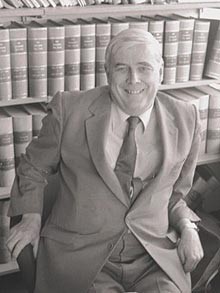



































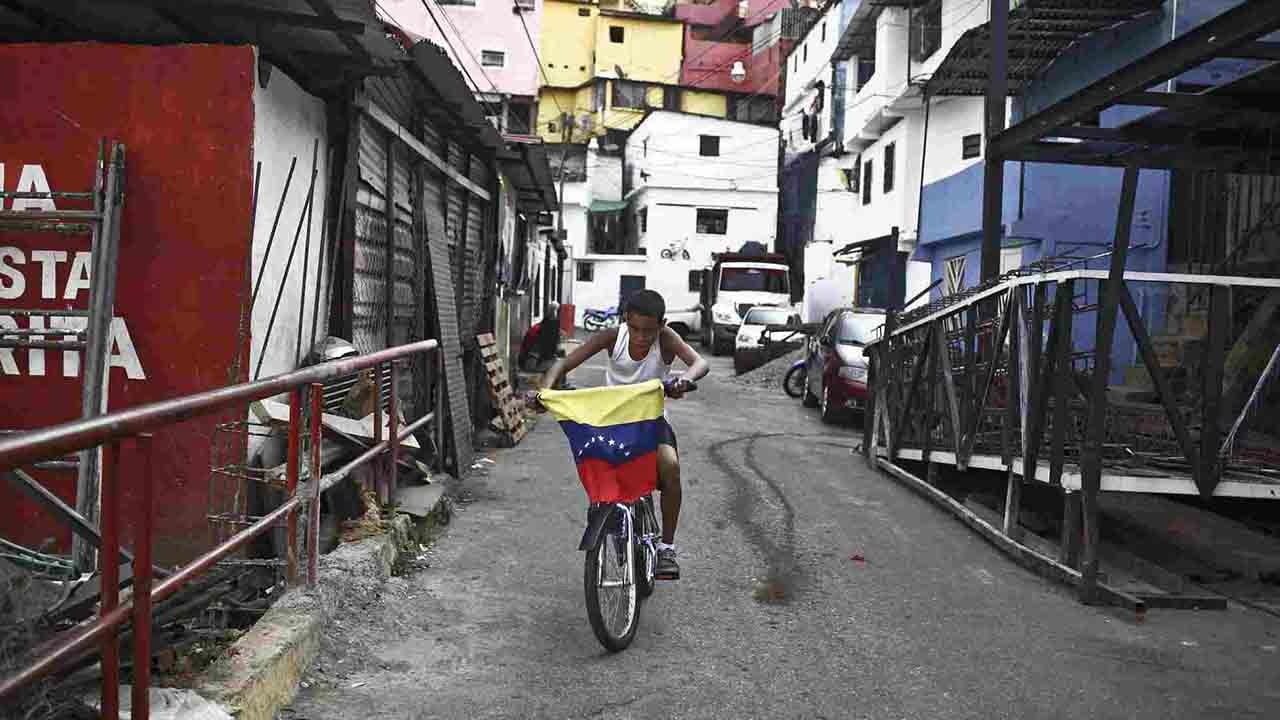
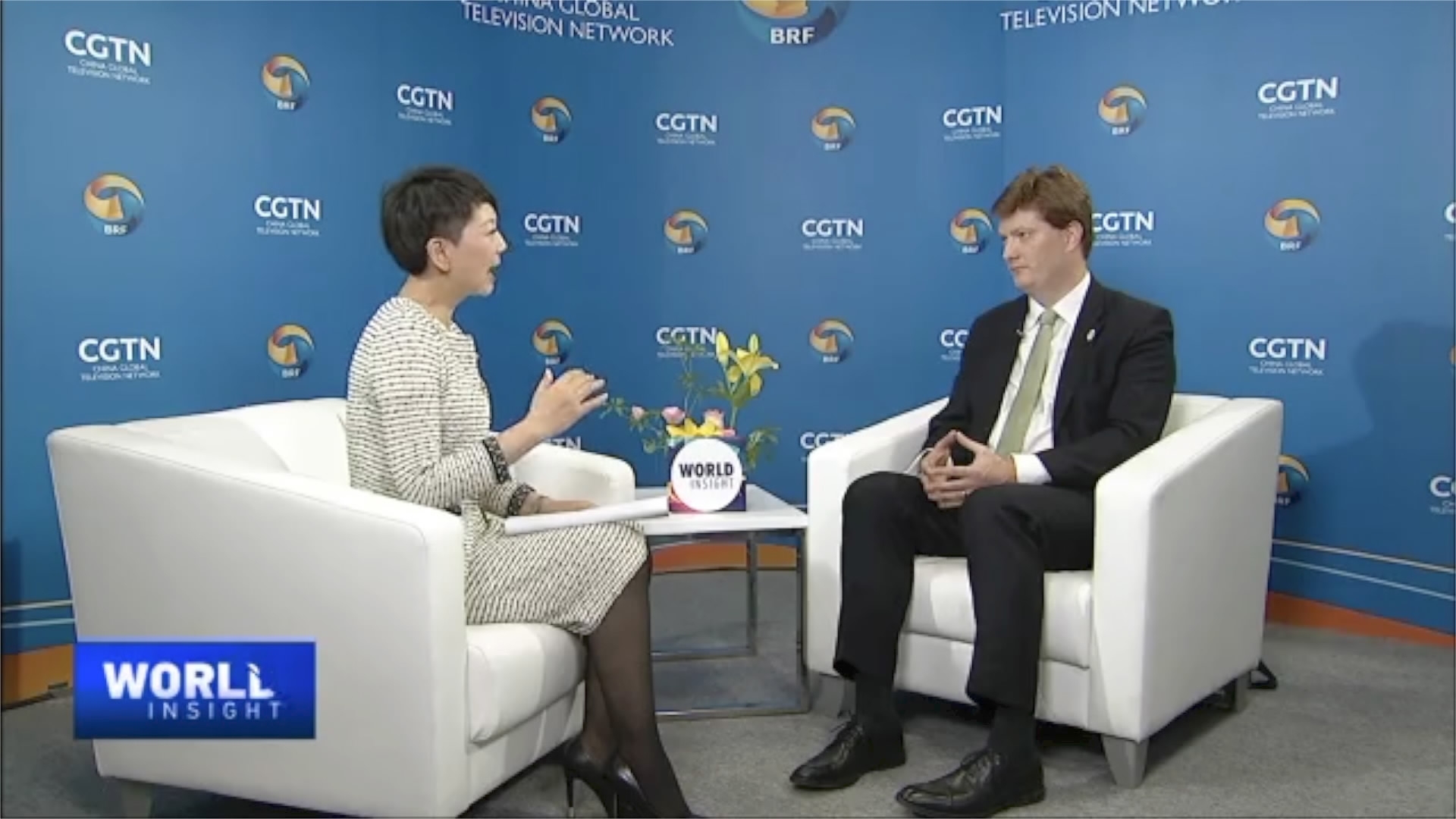


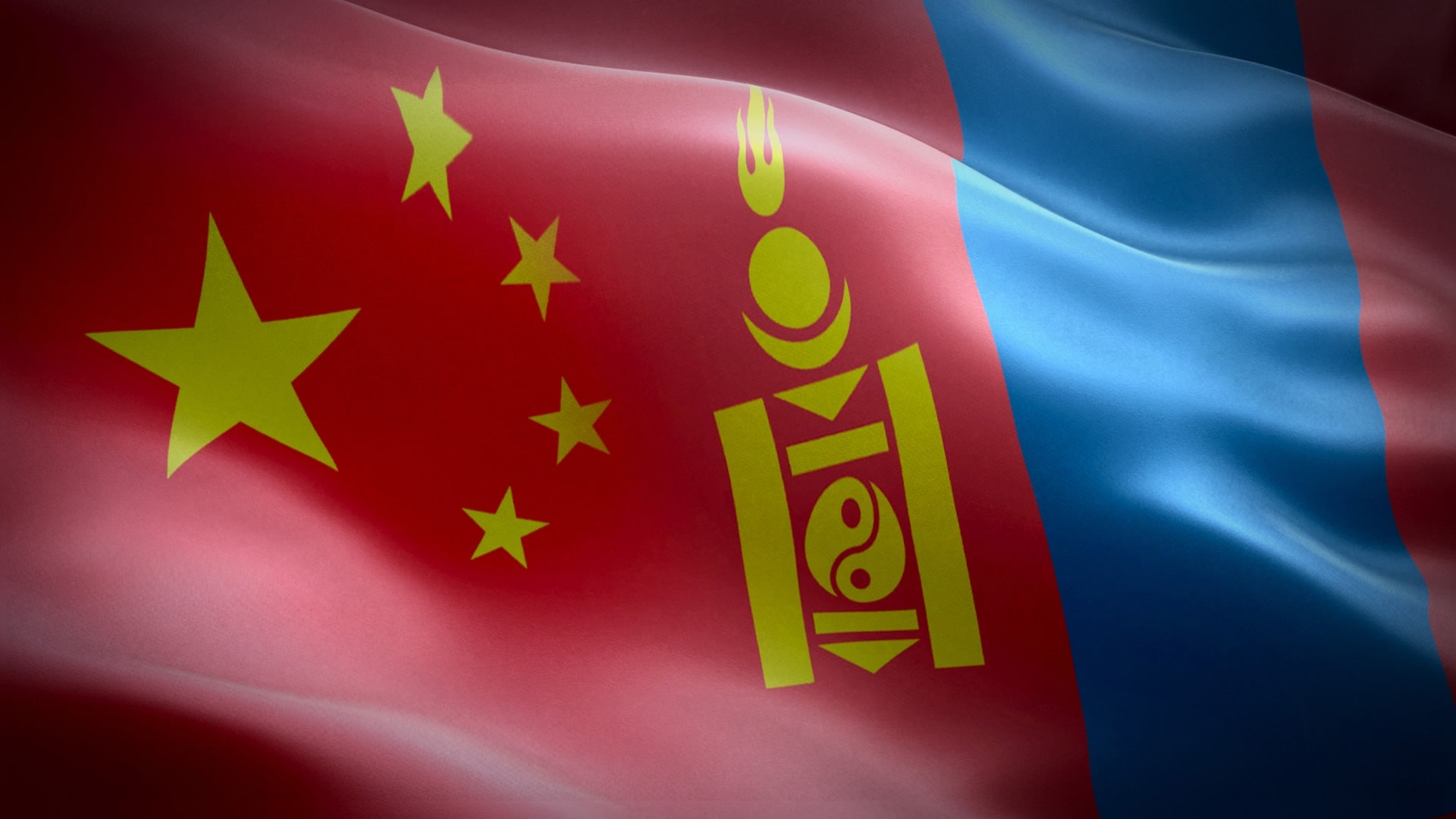
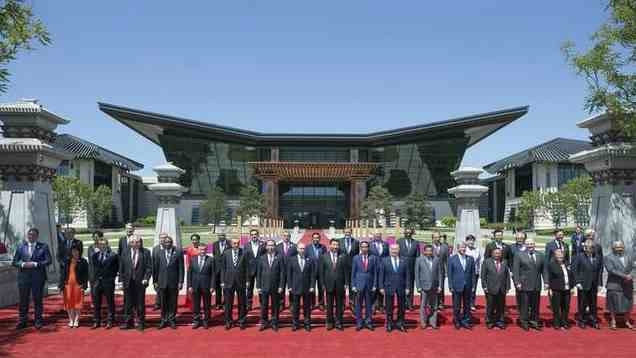








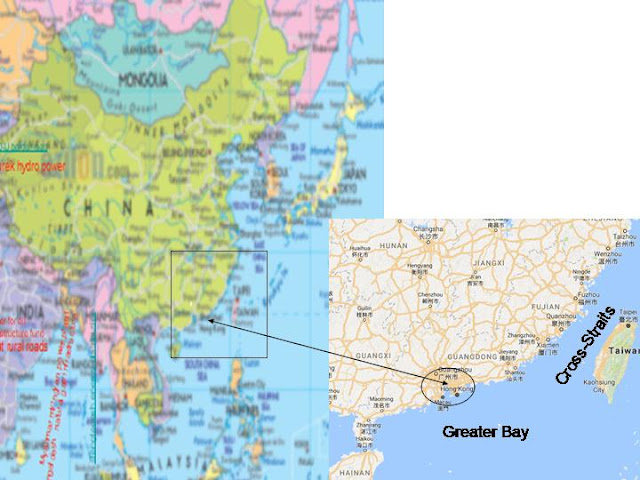
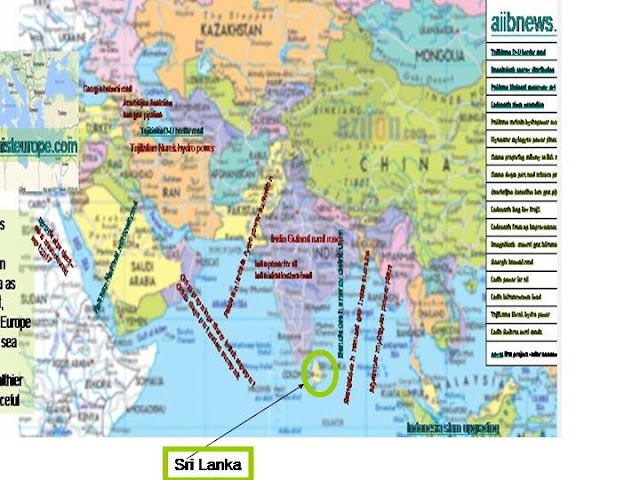



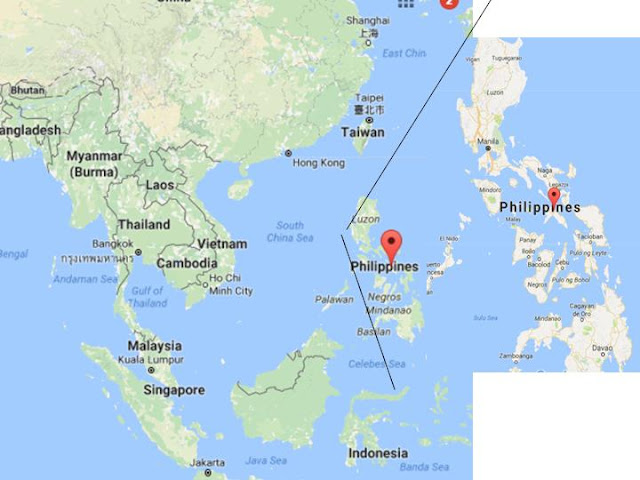

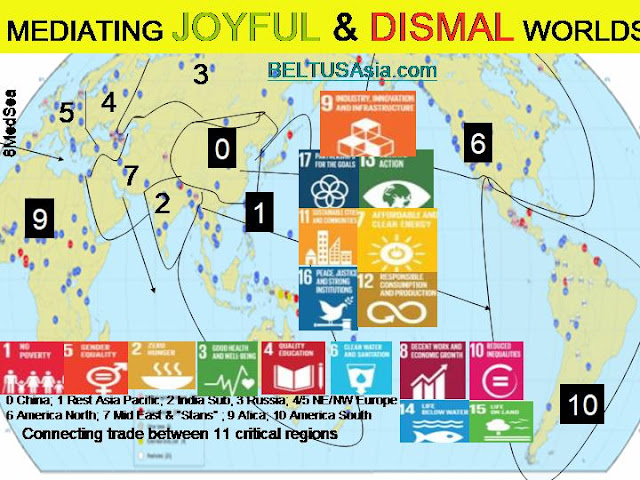
















 .
.




